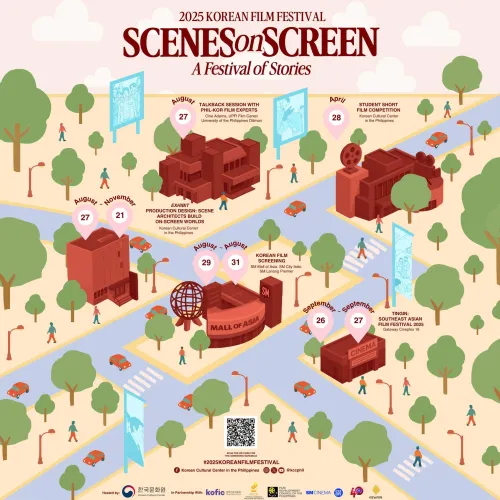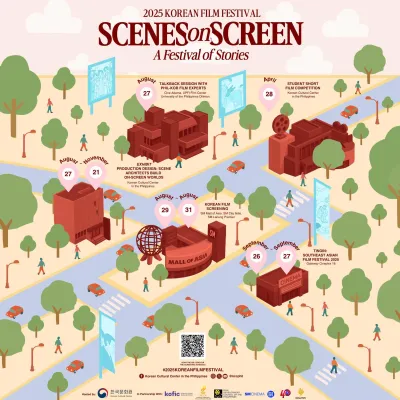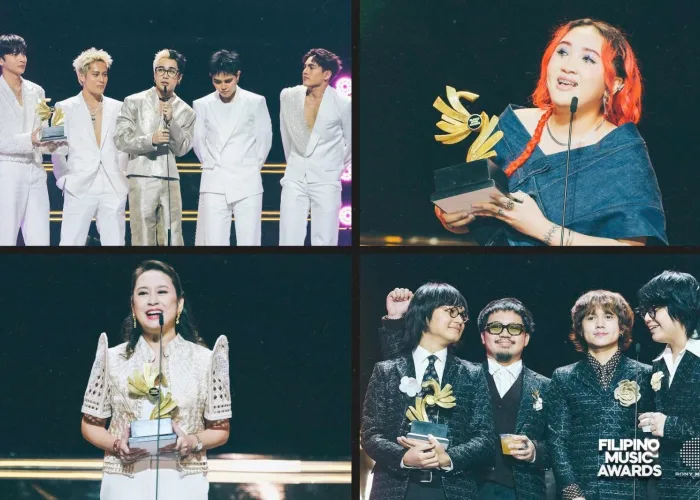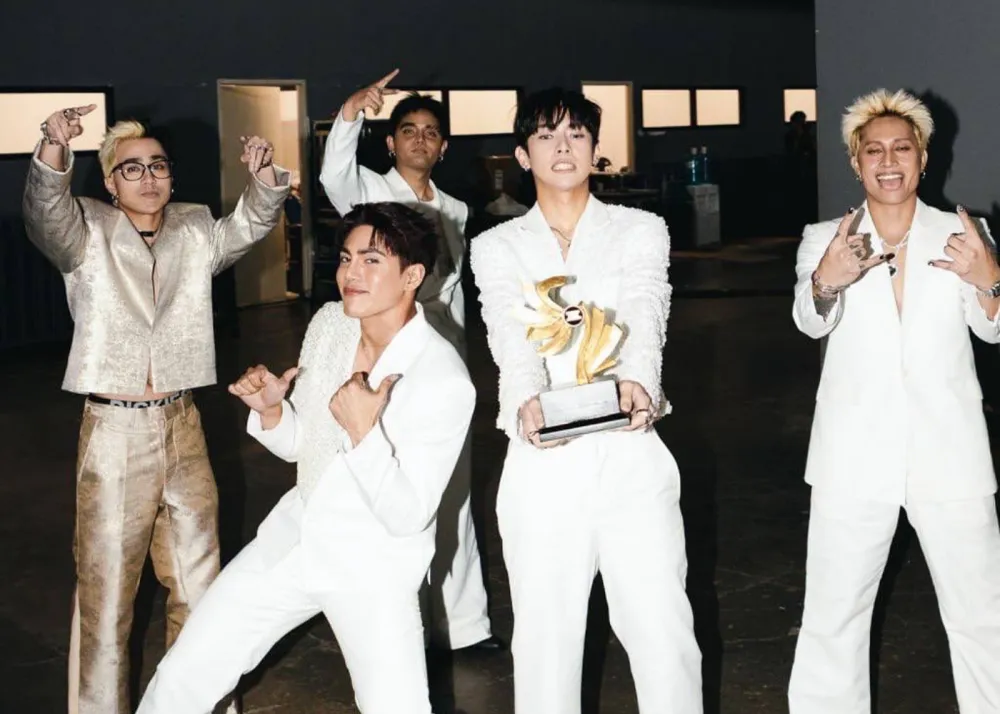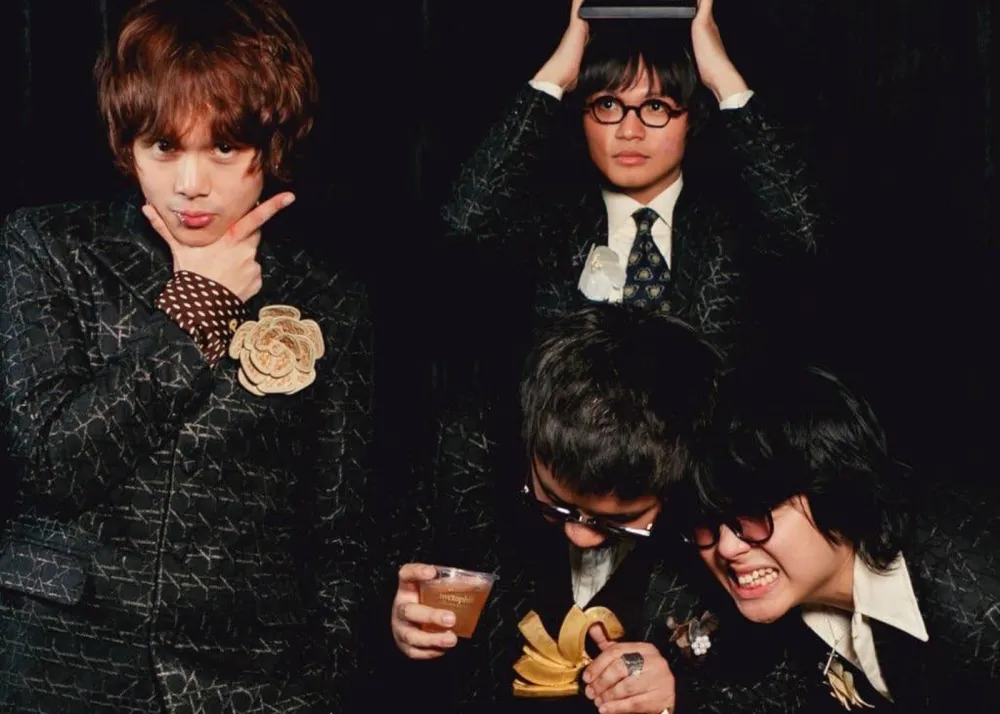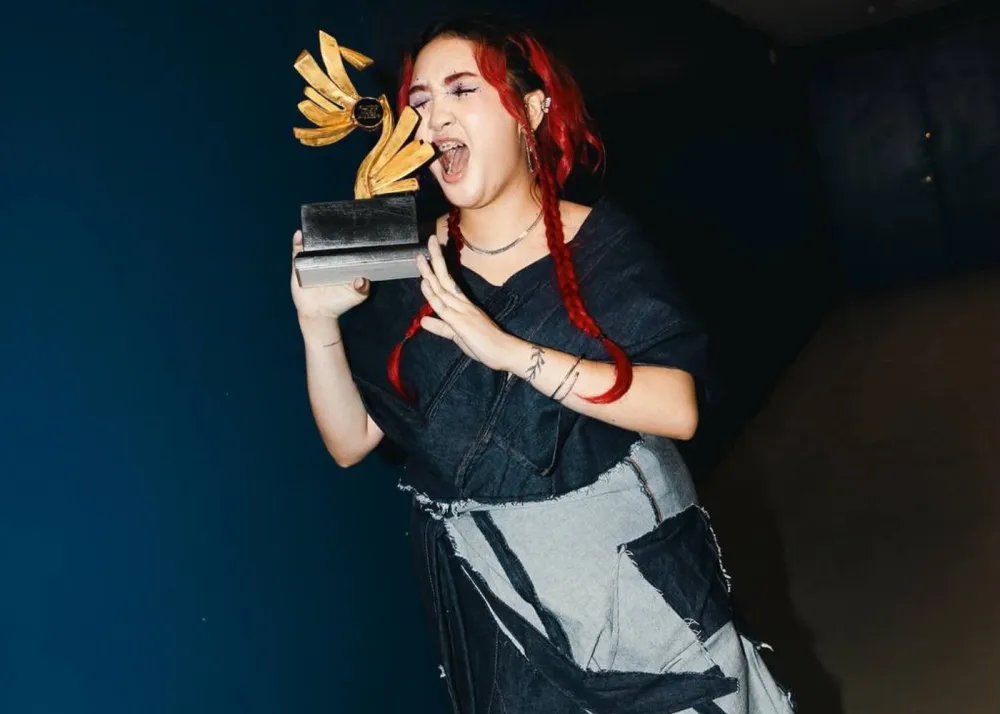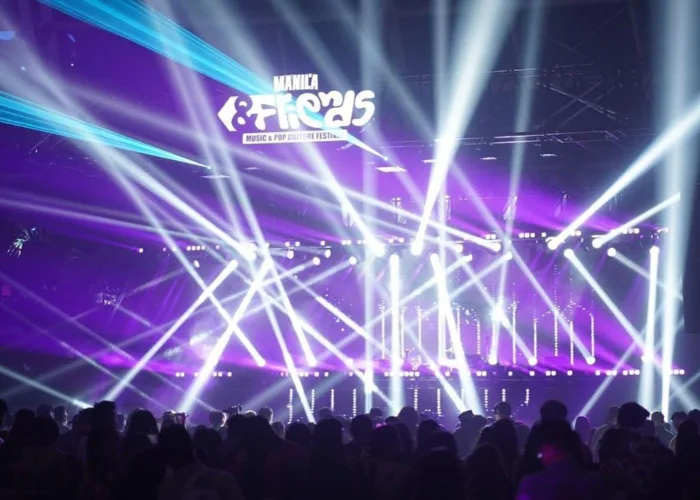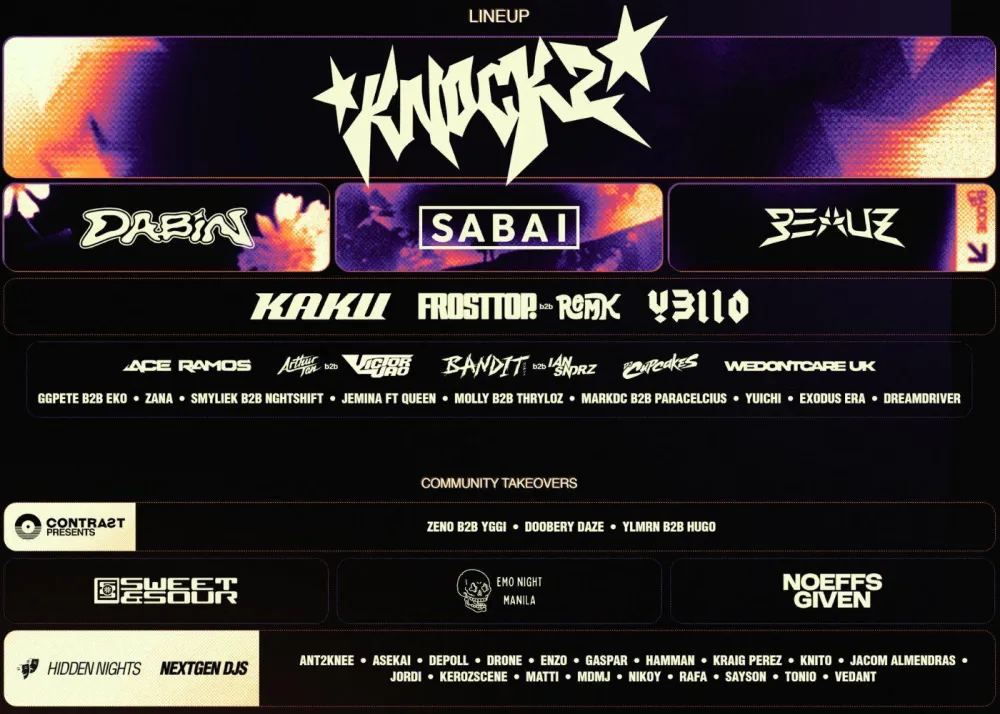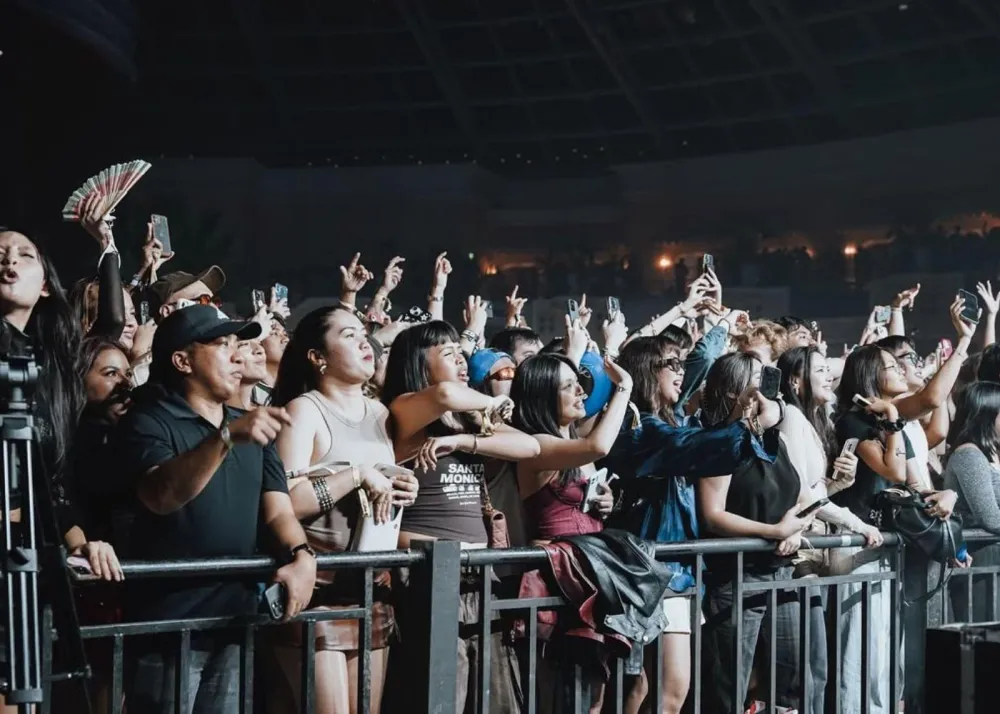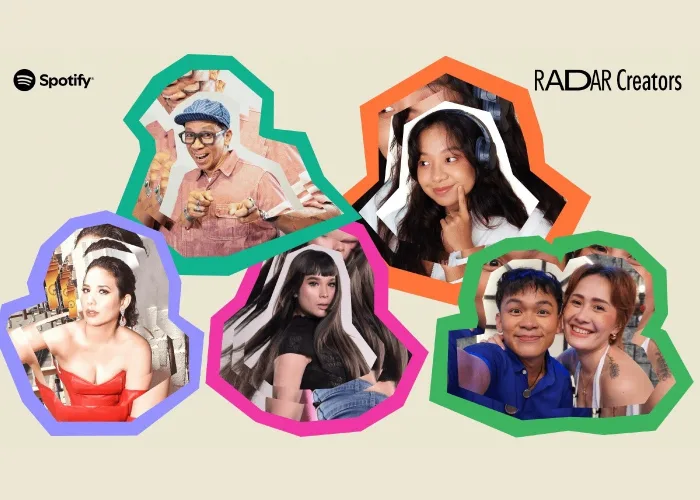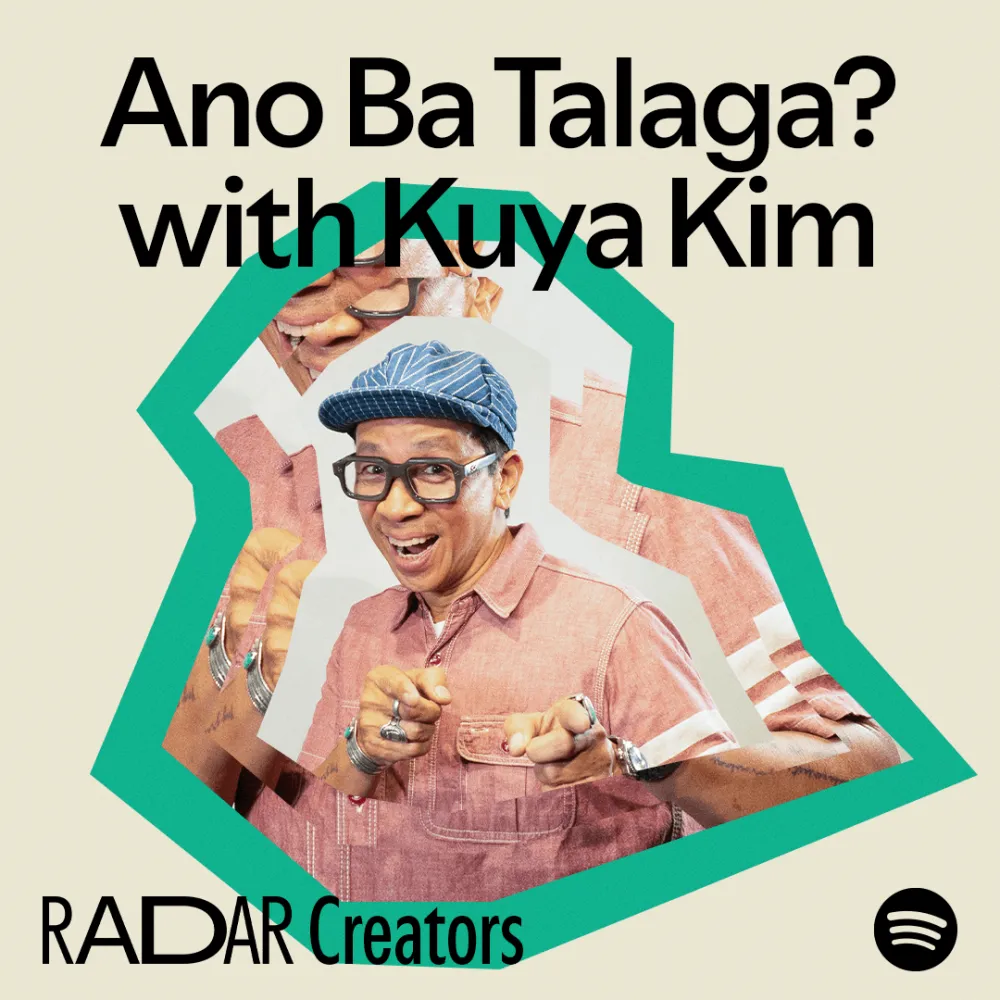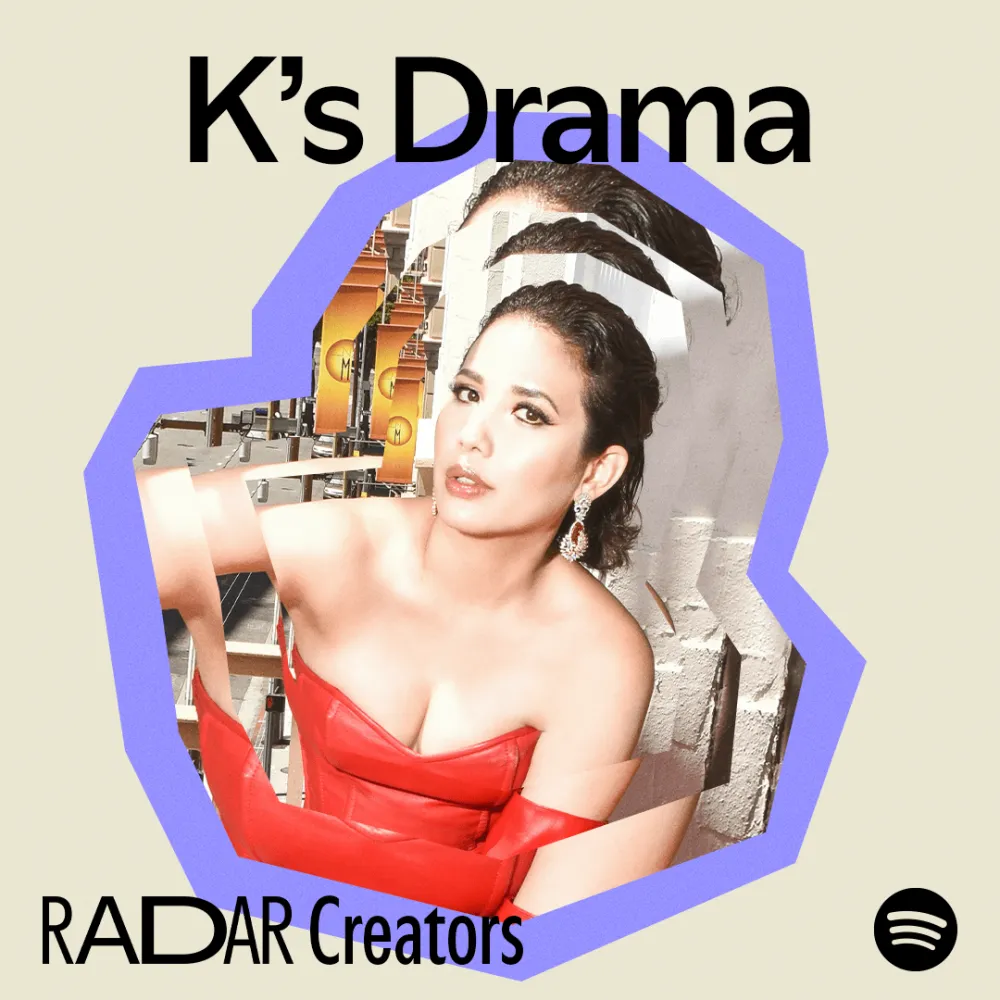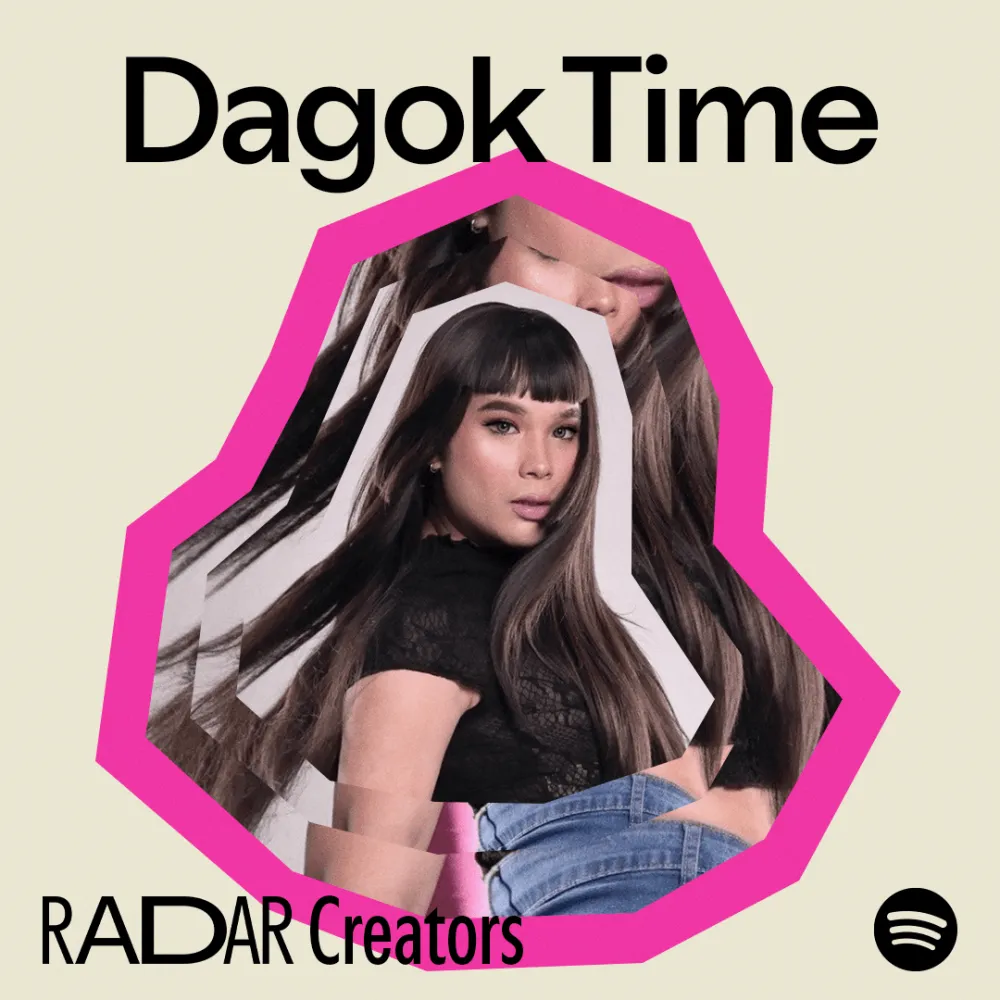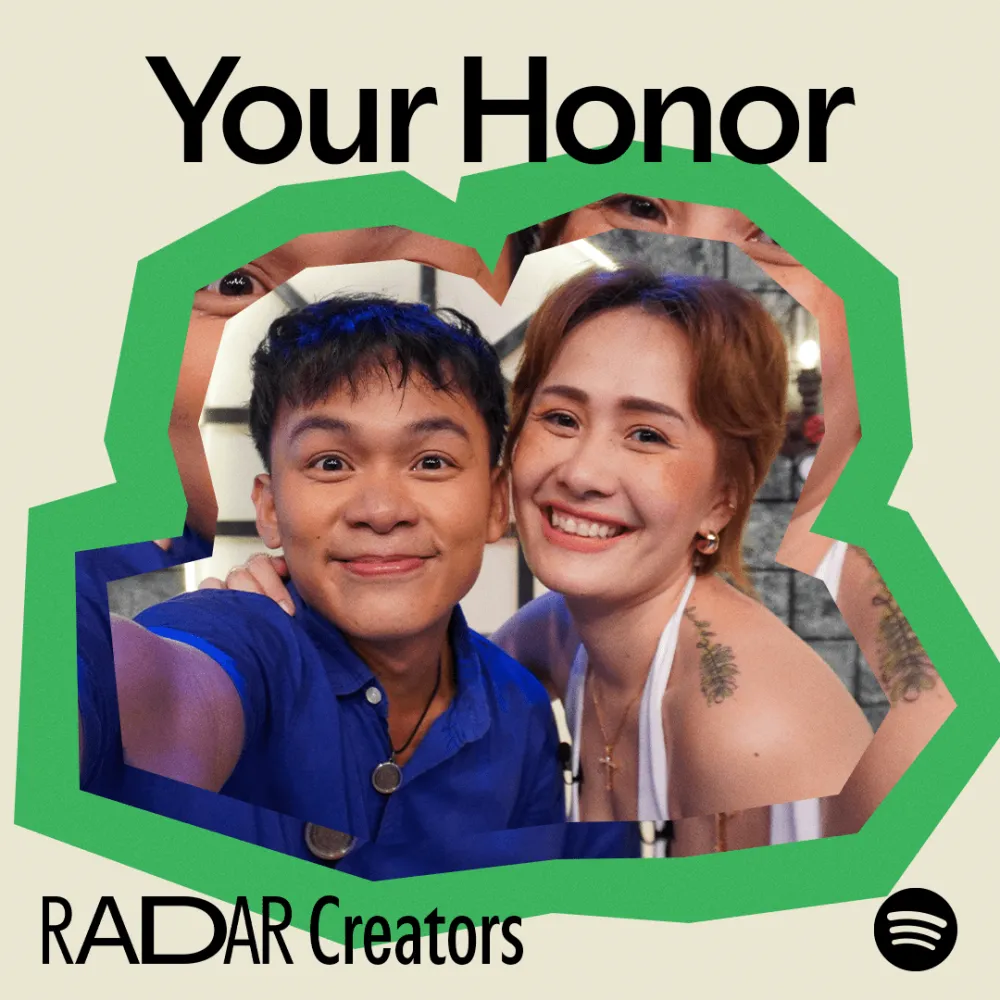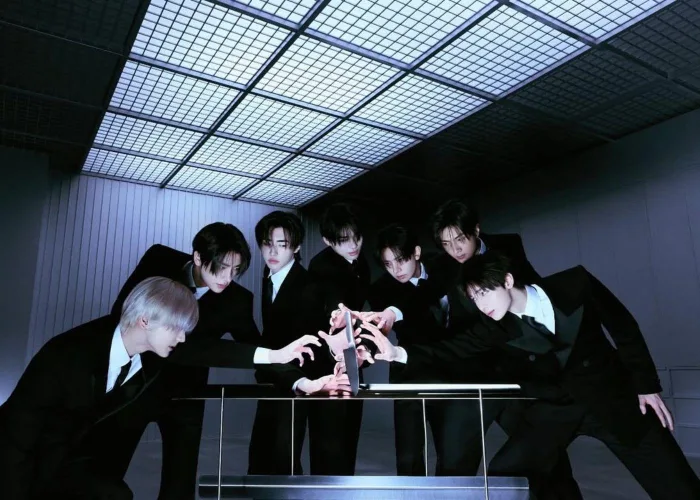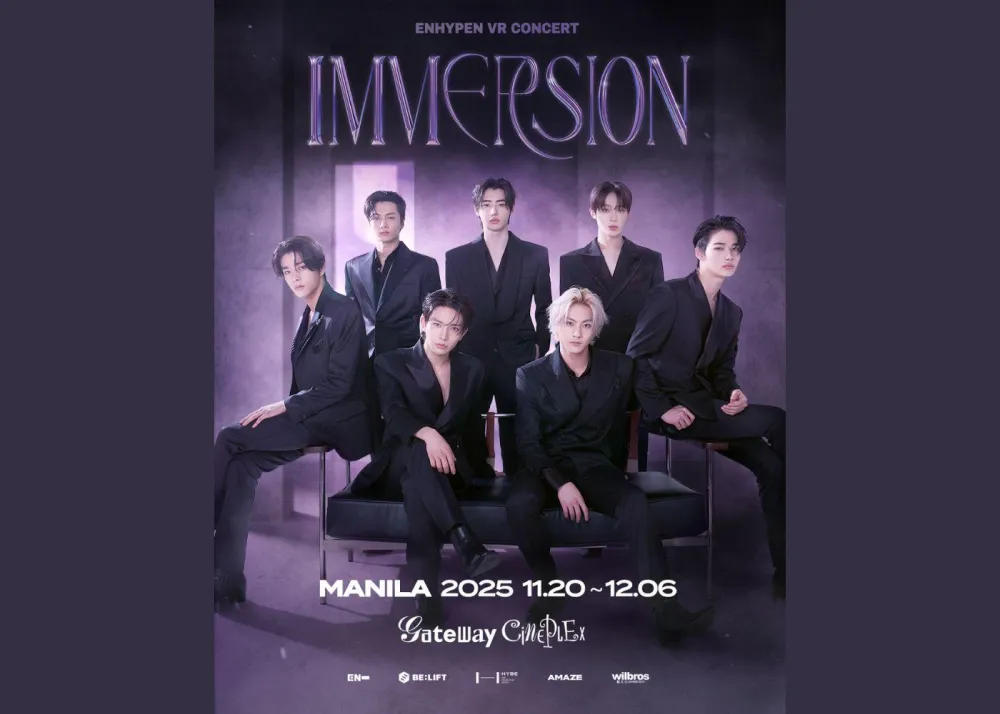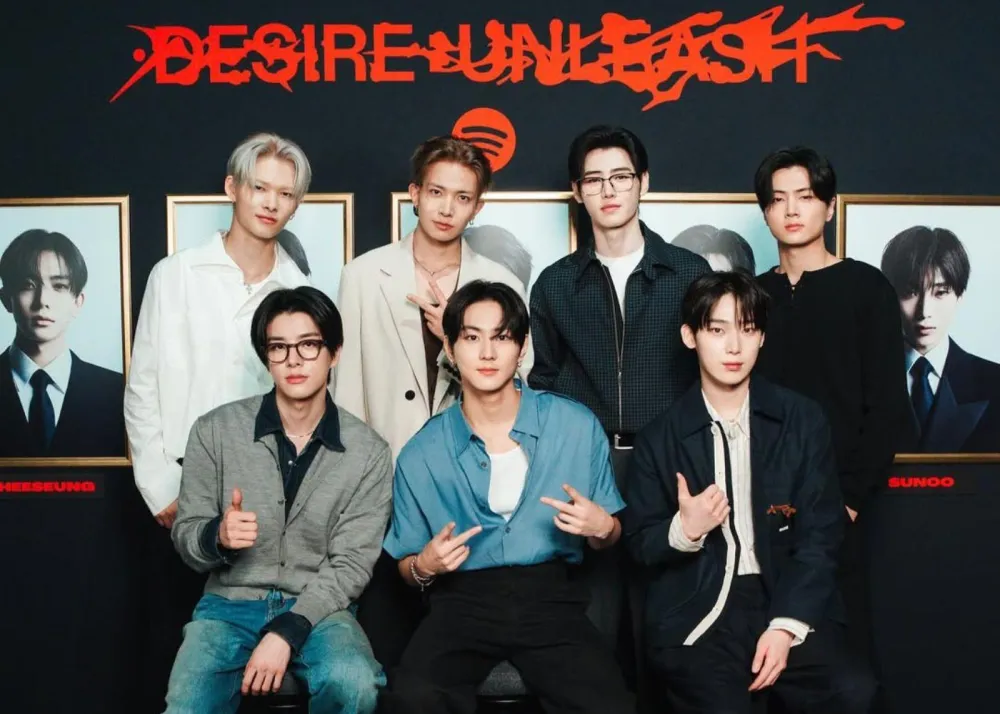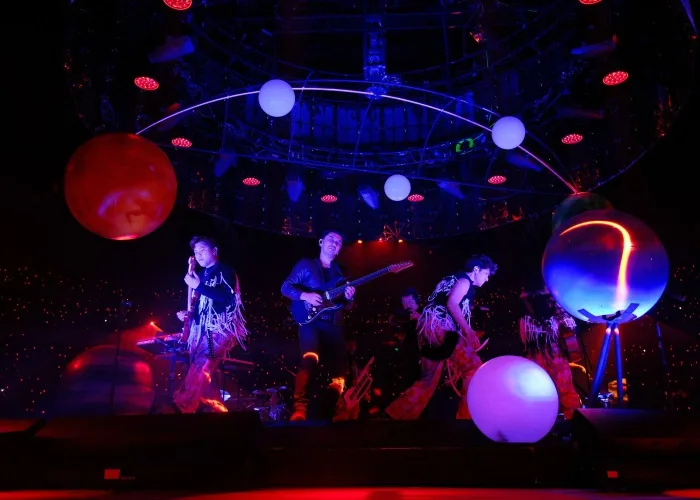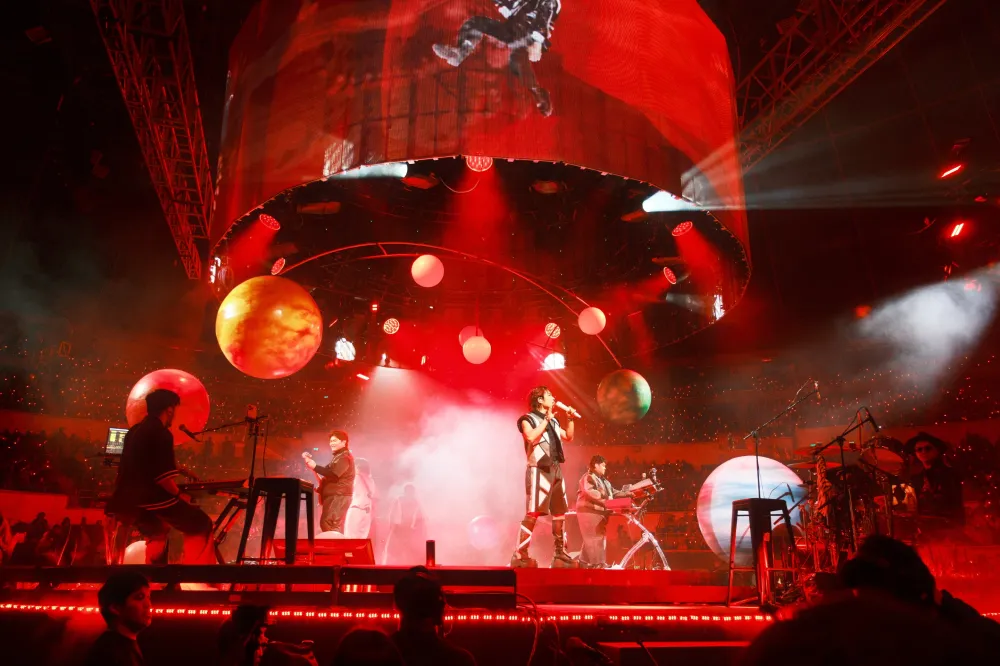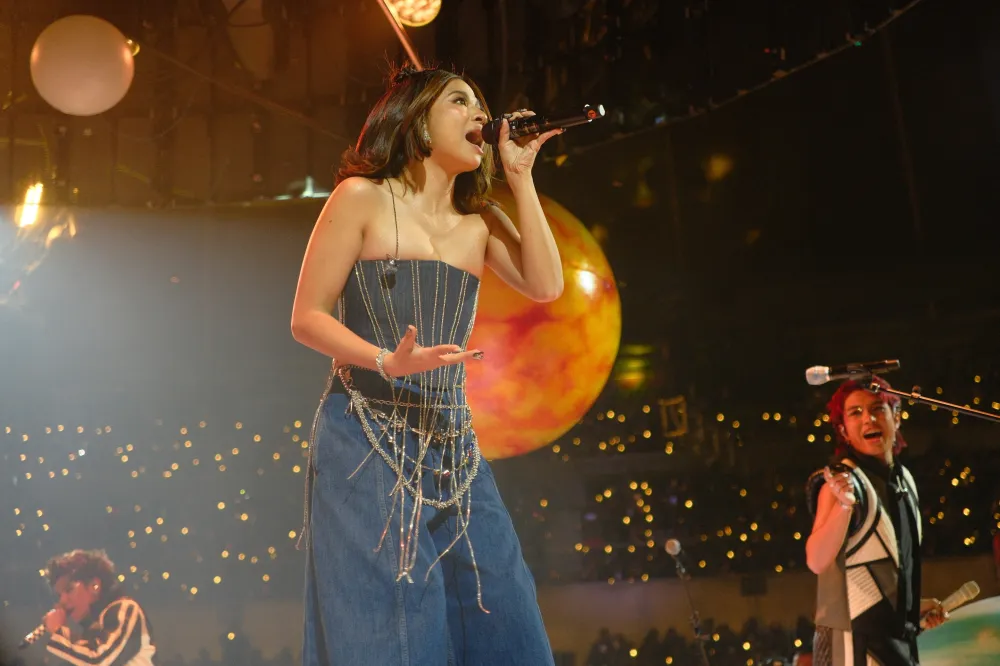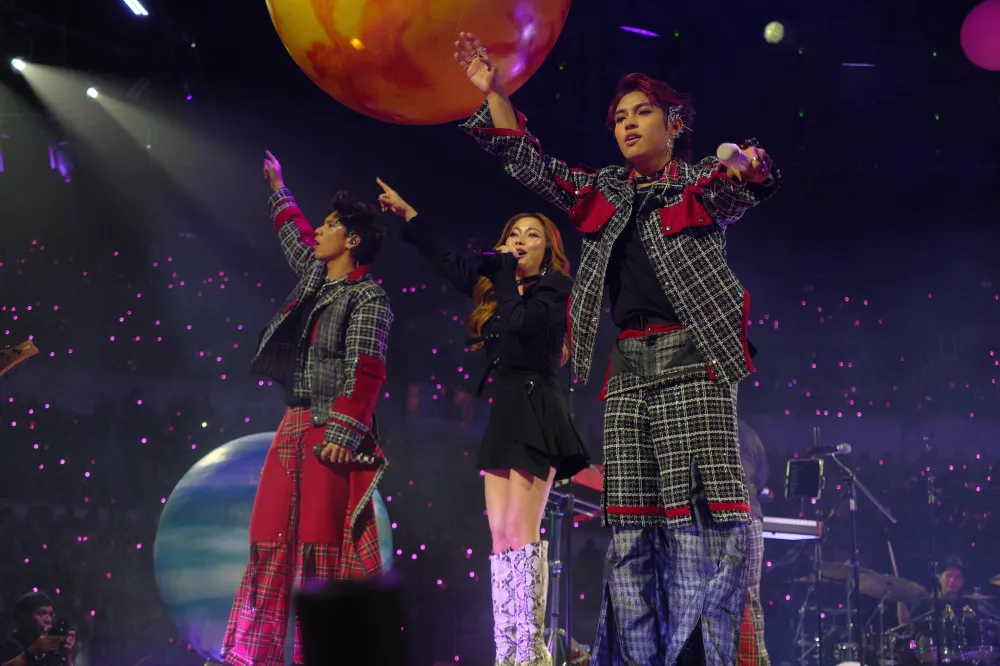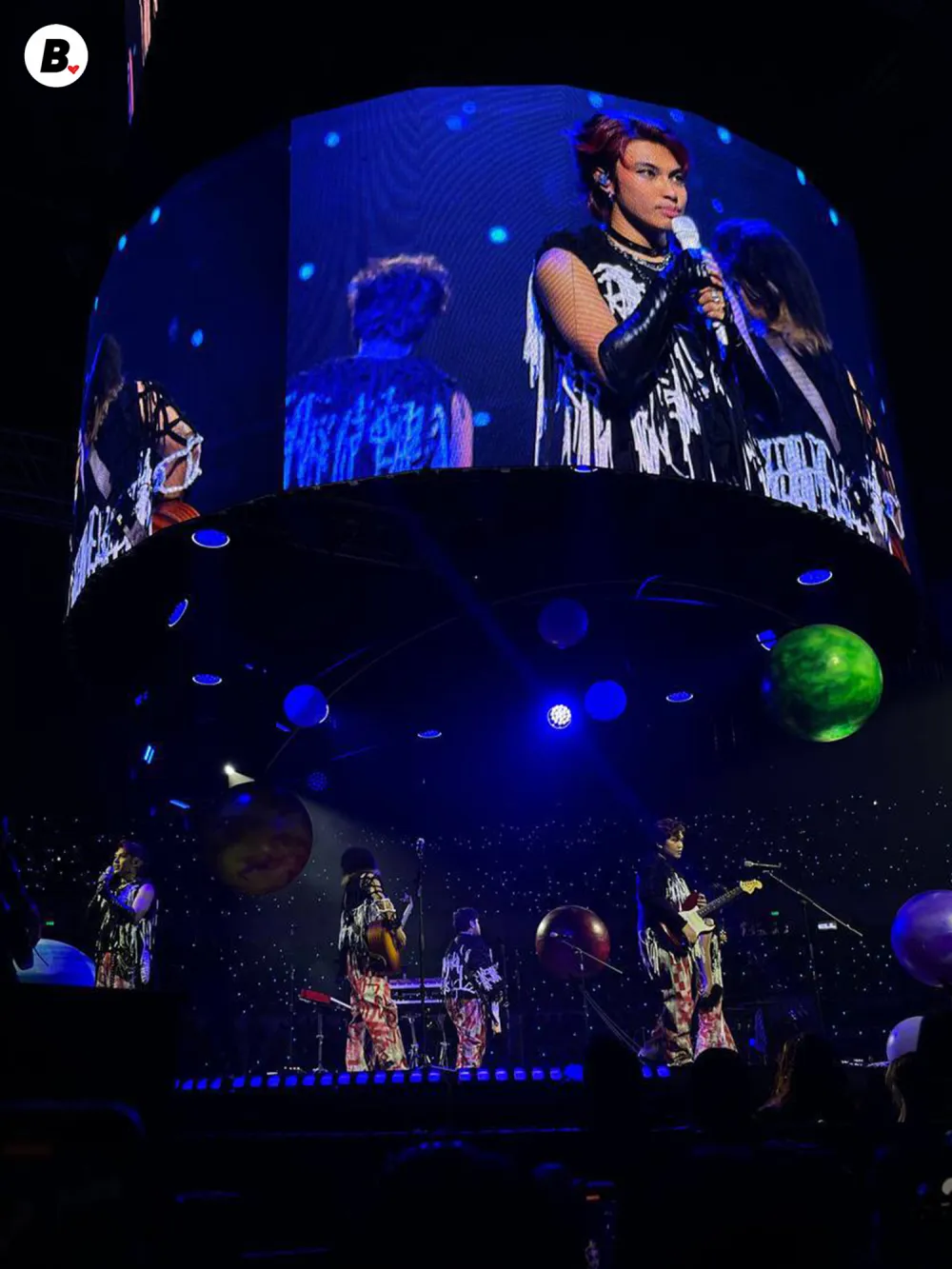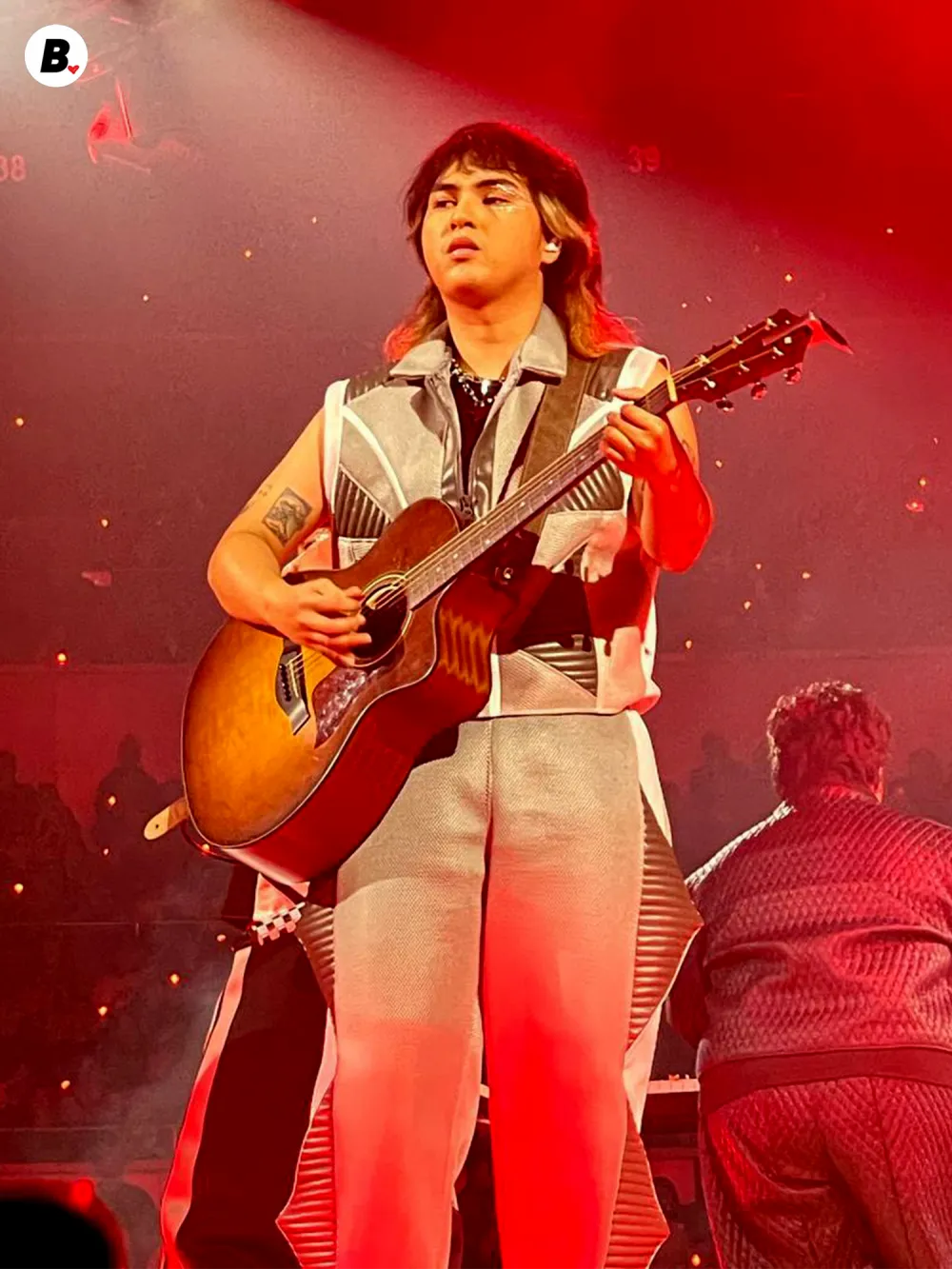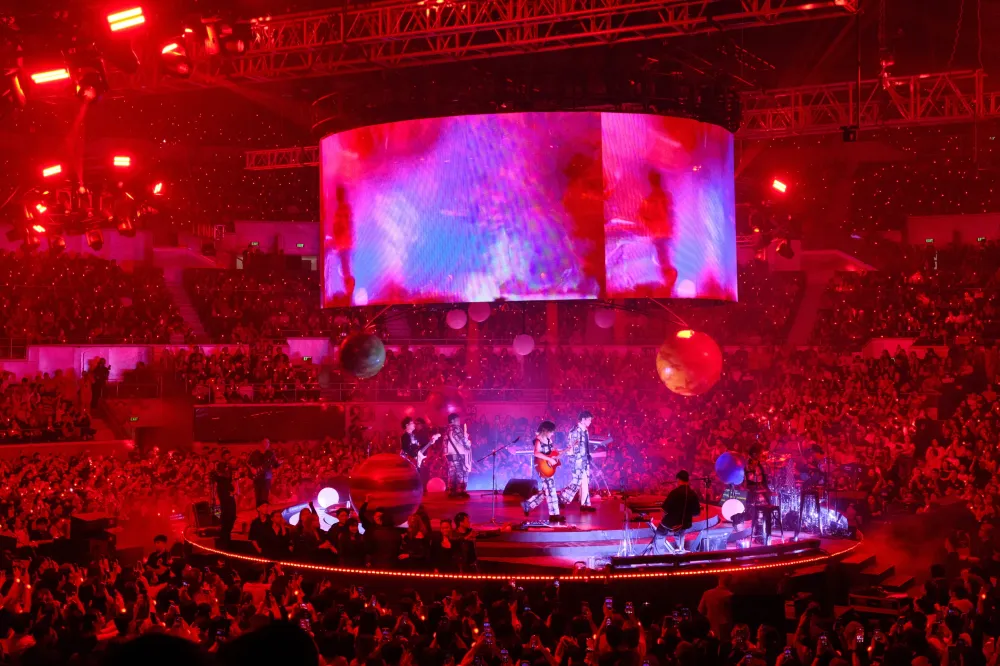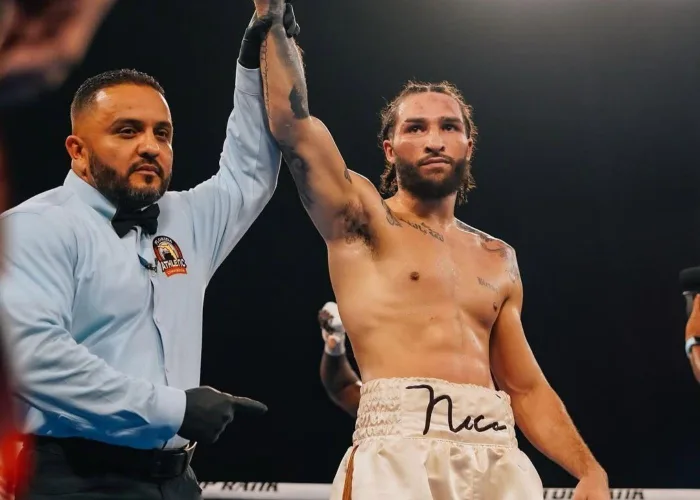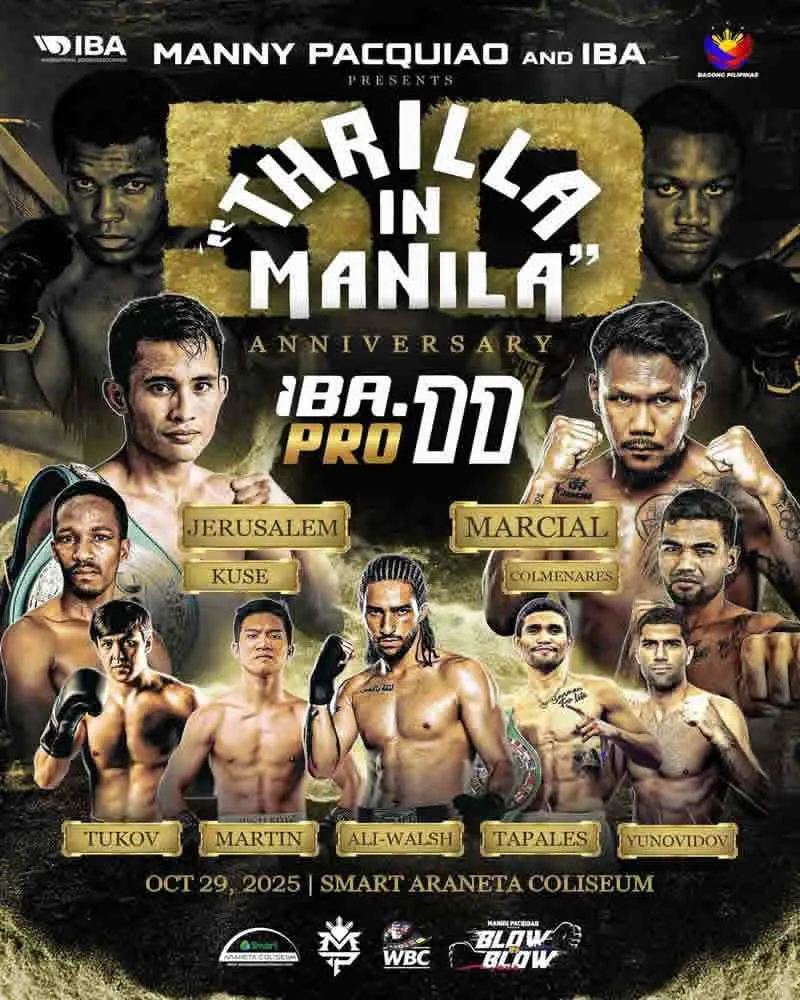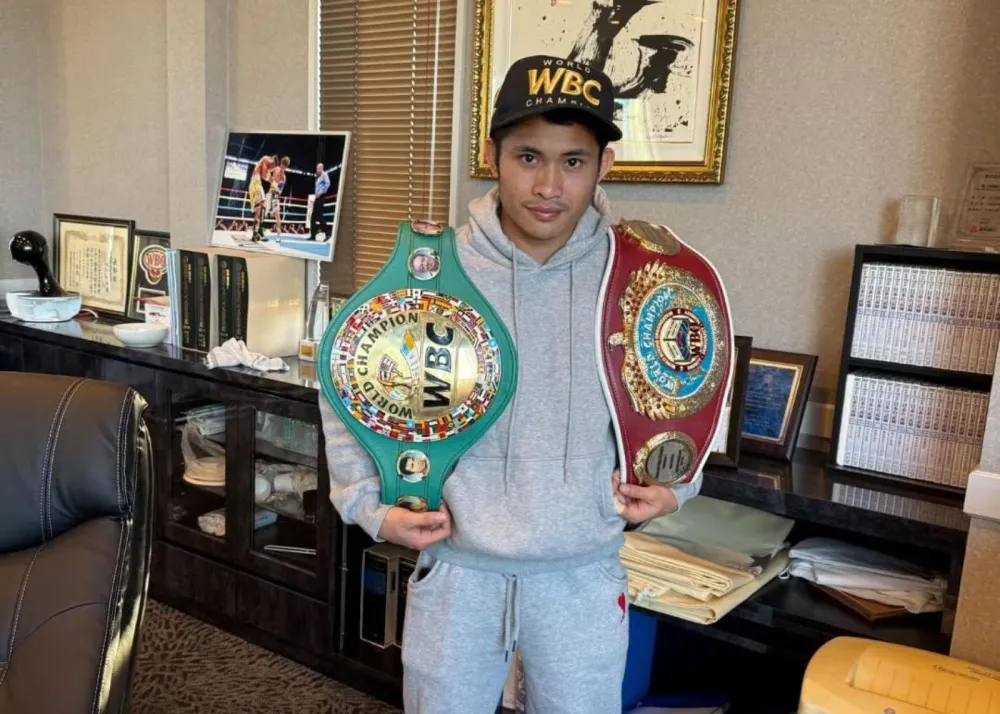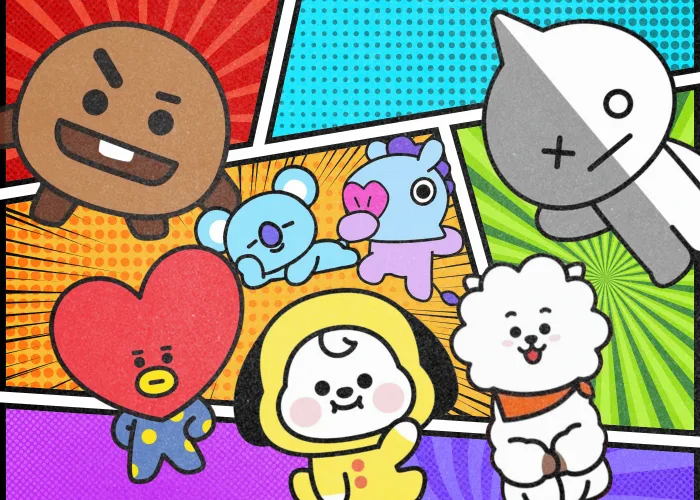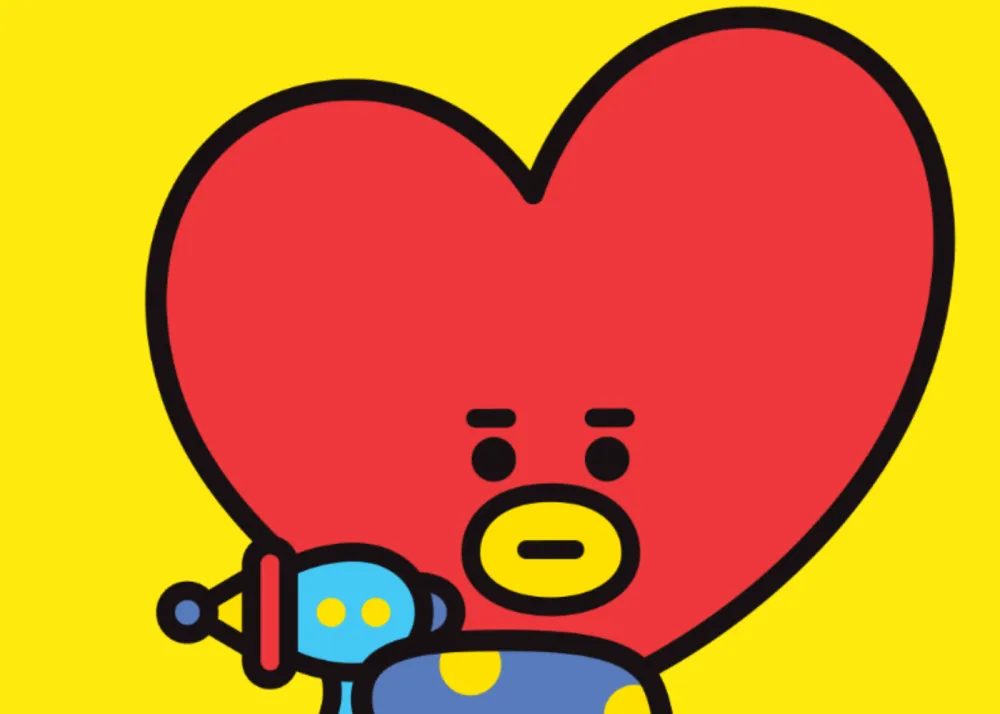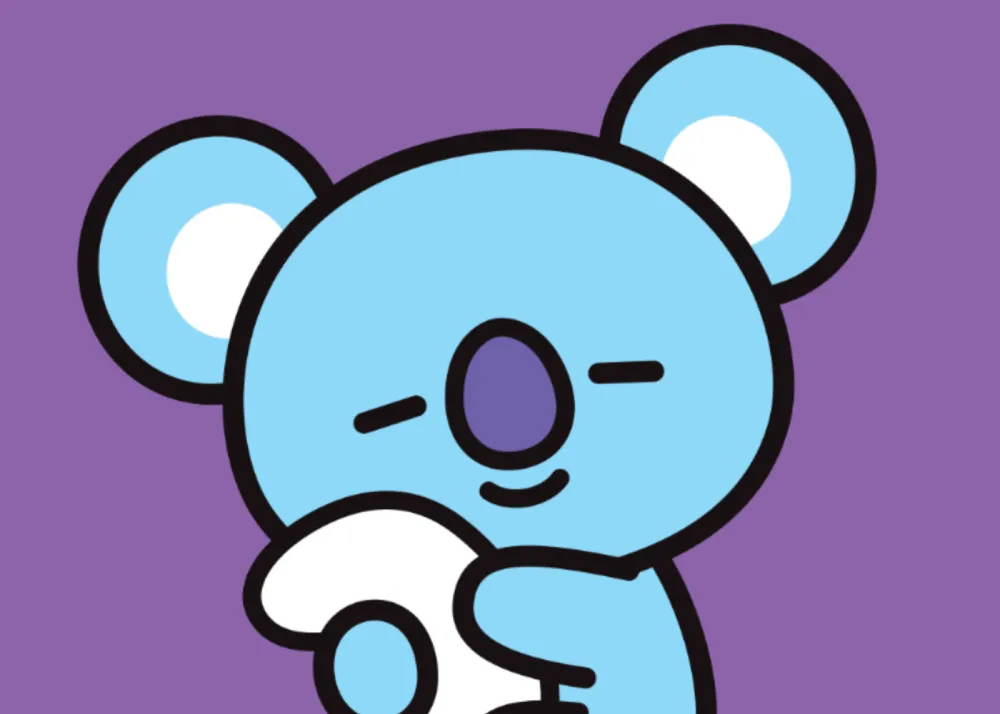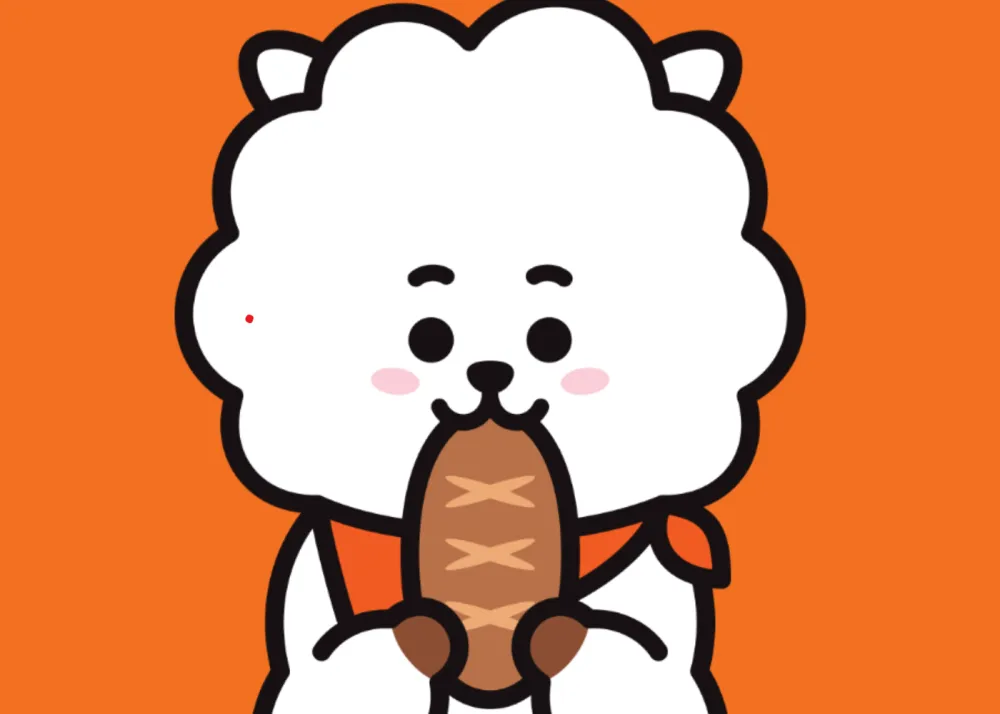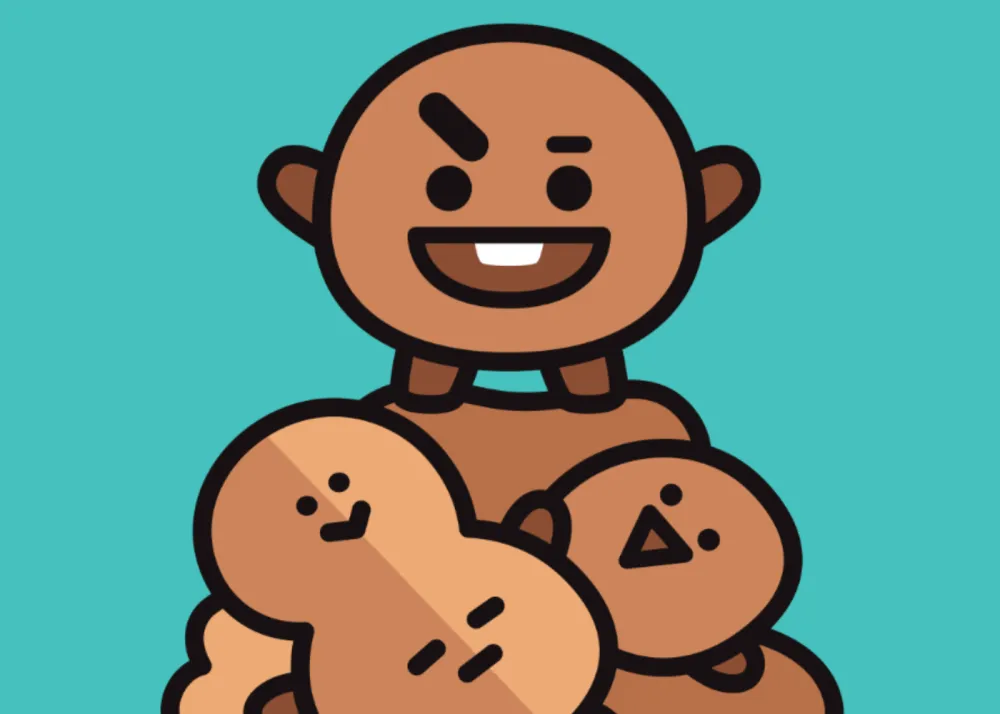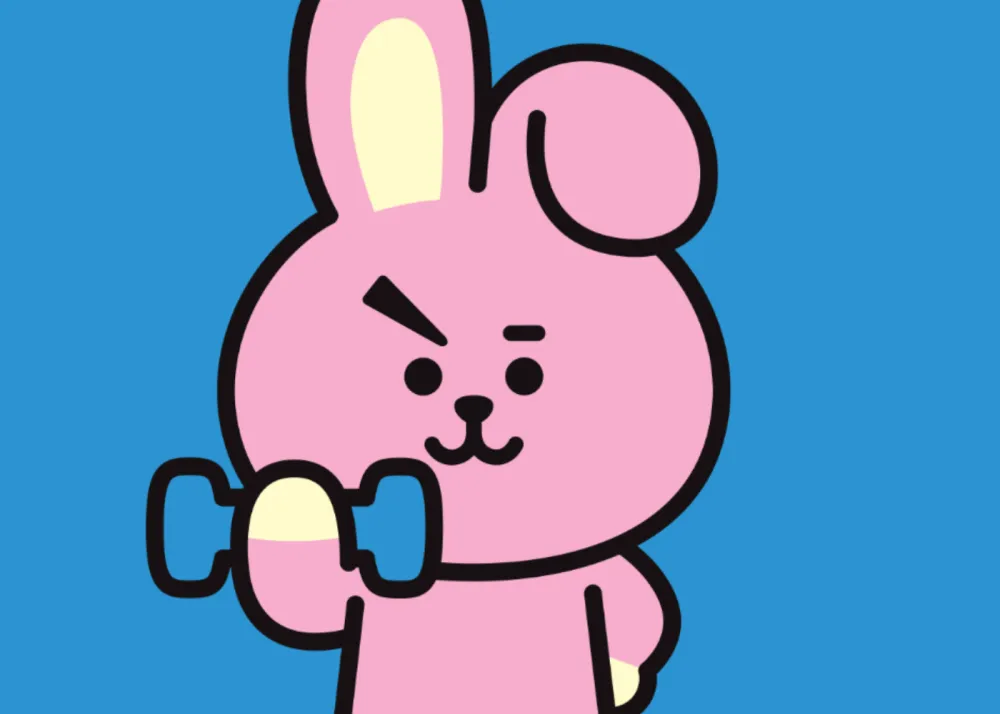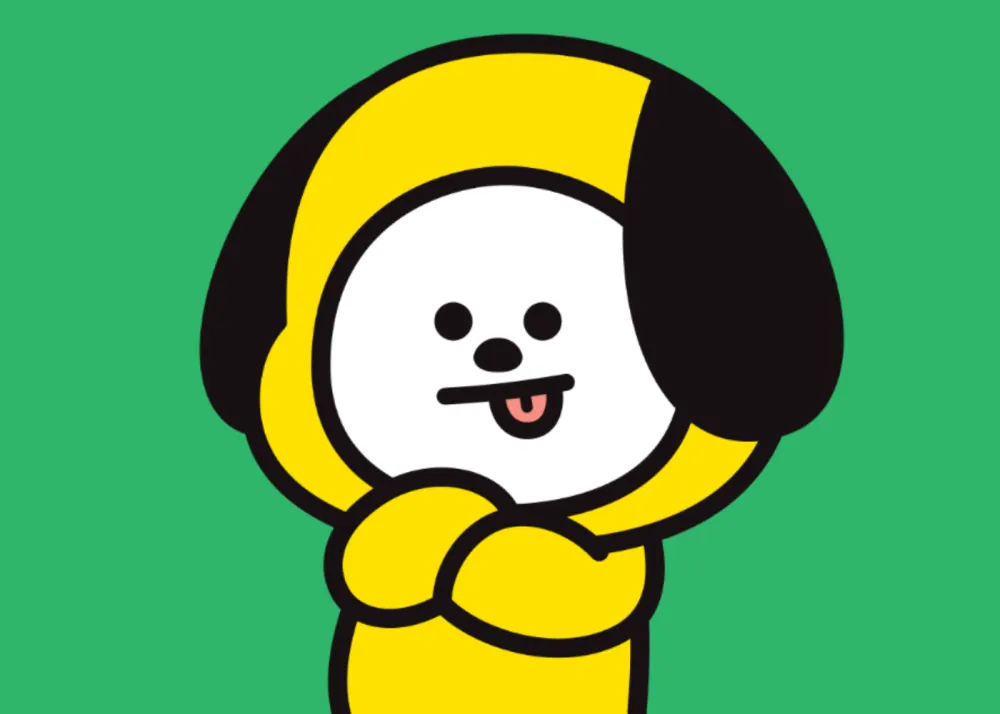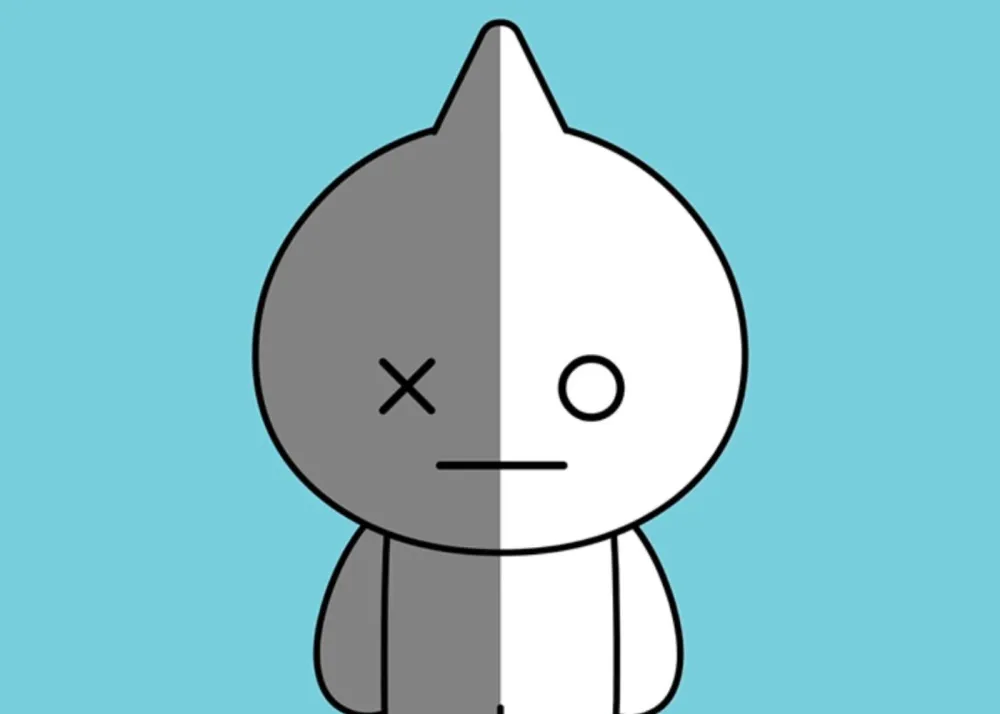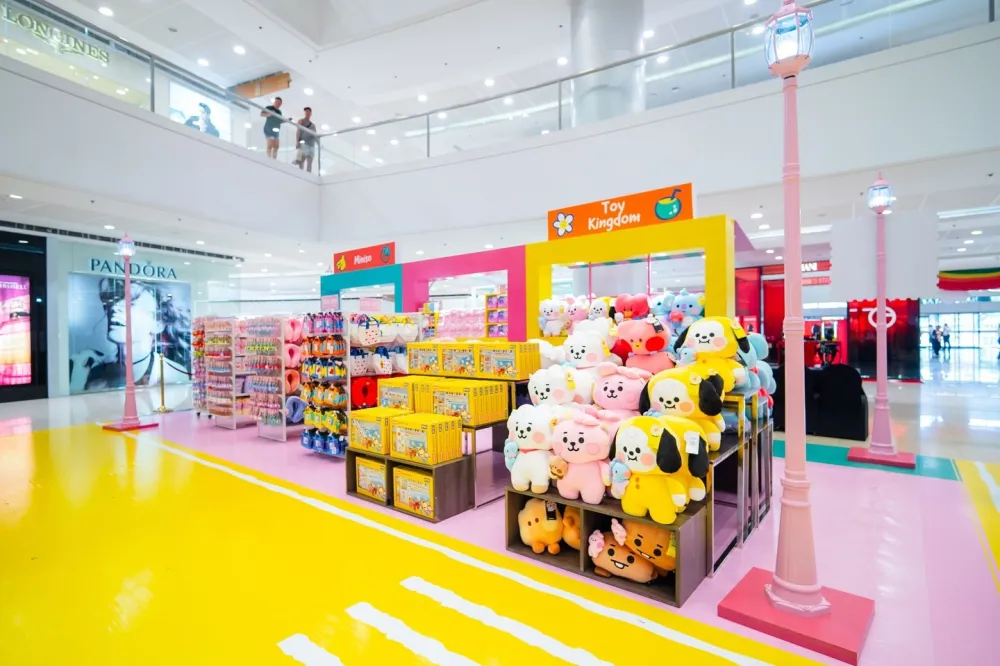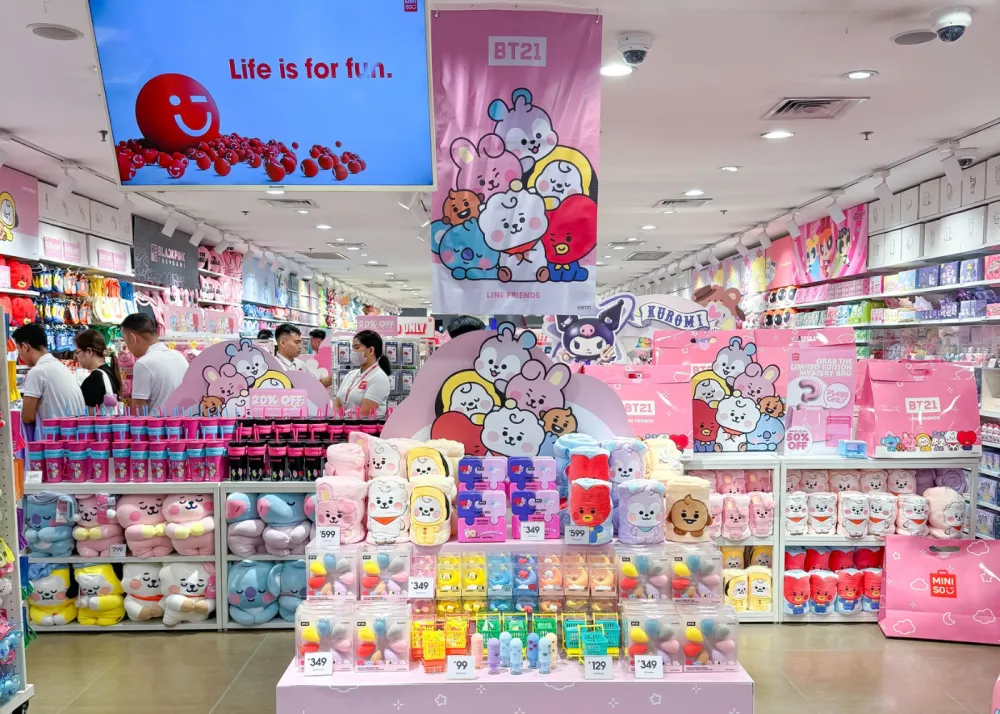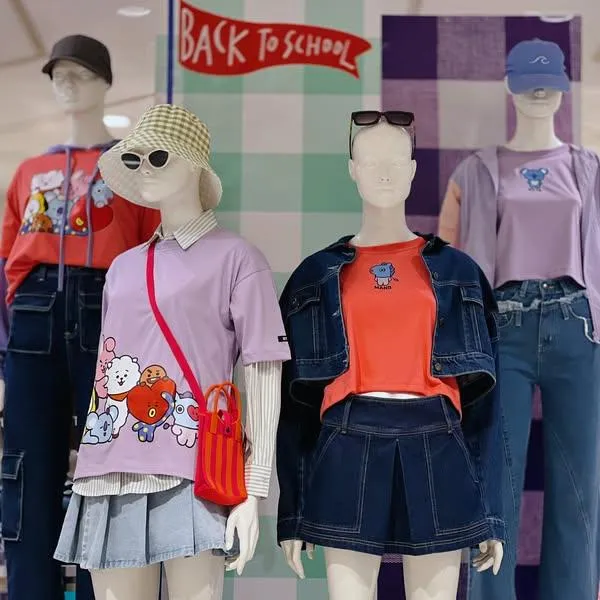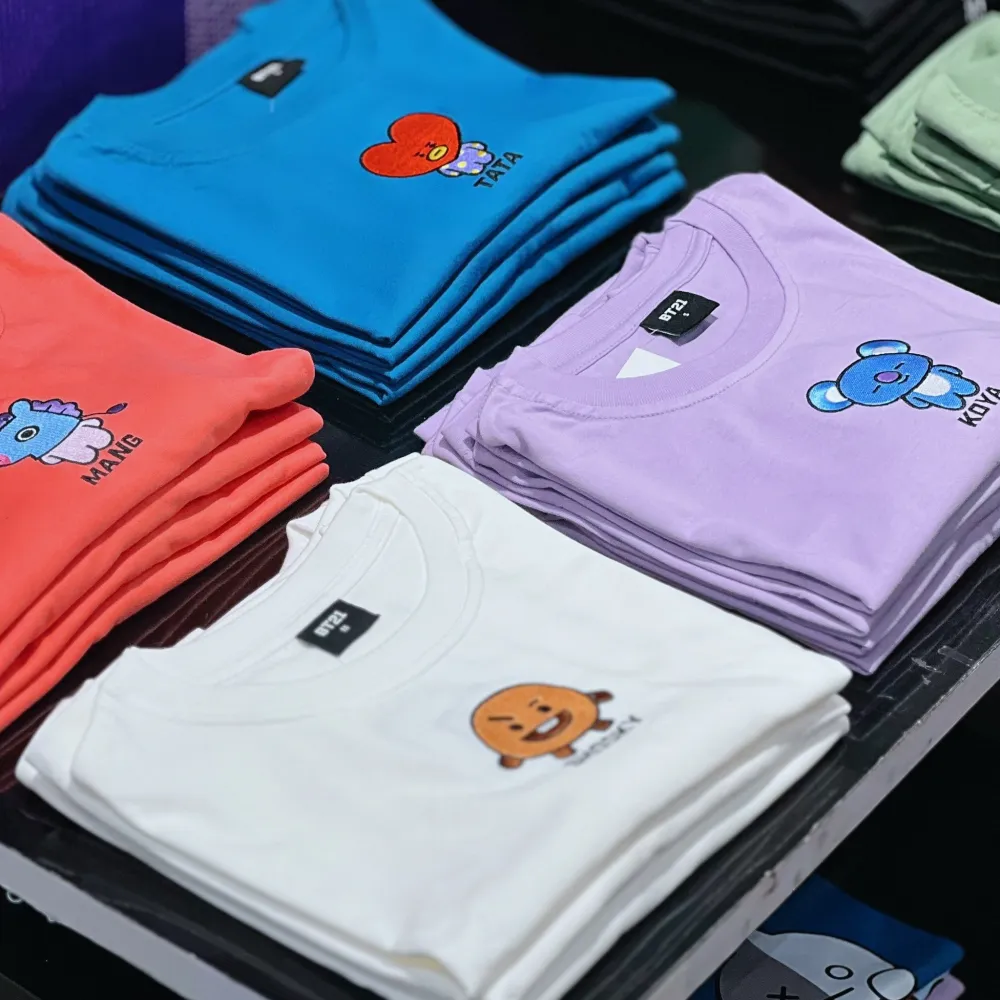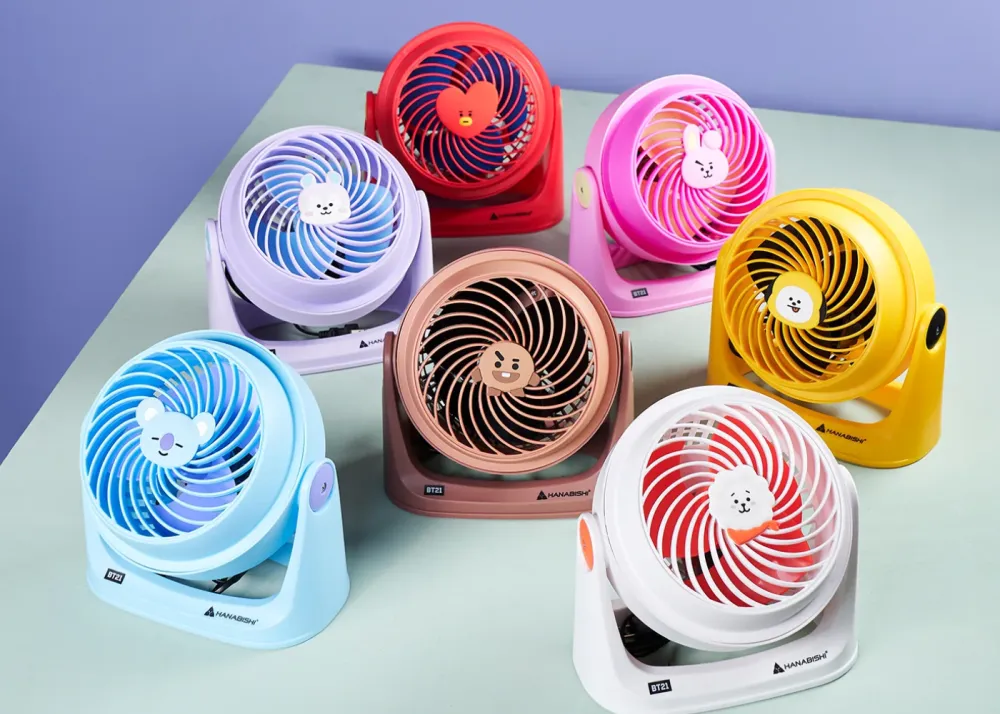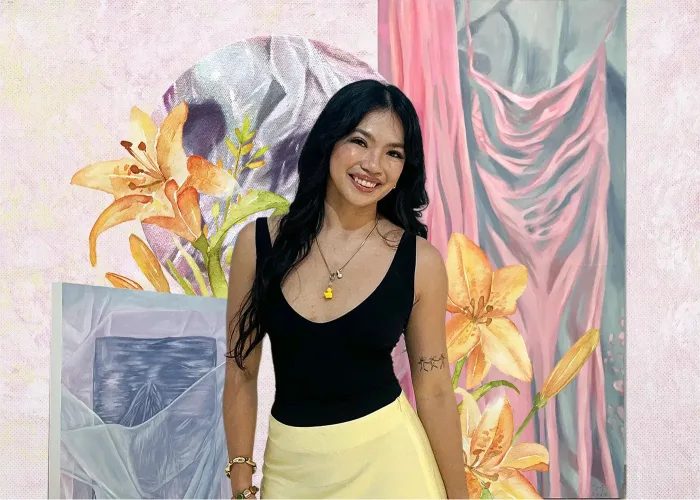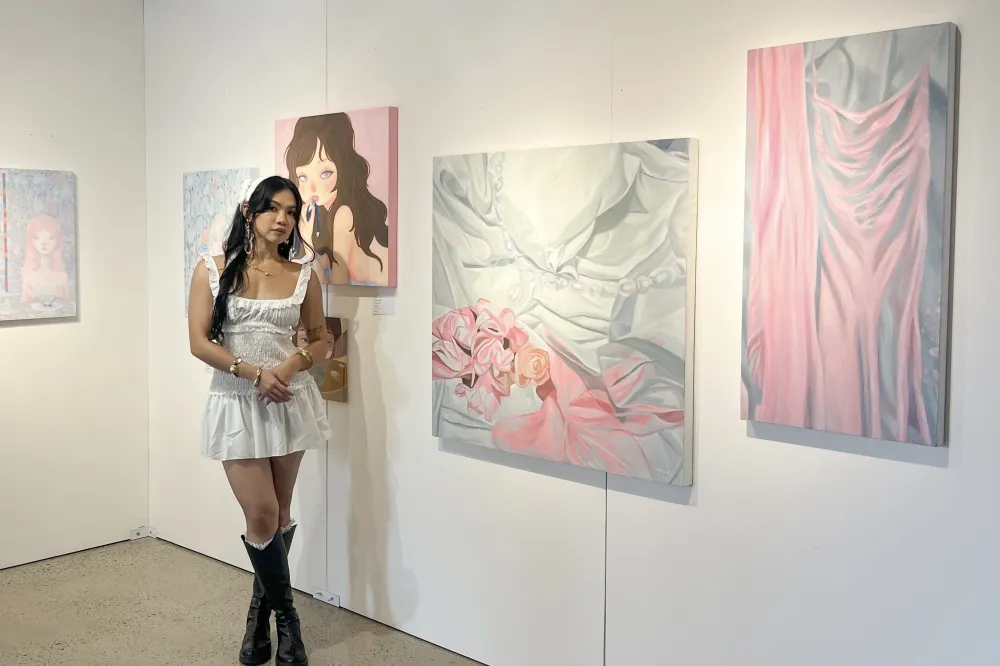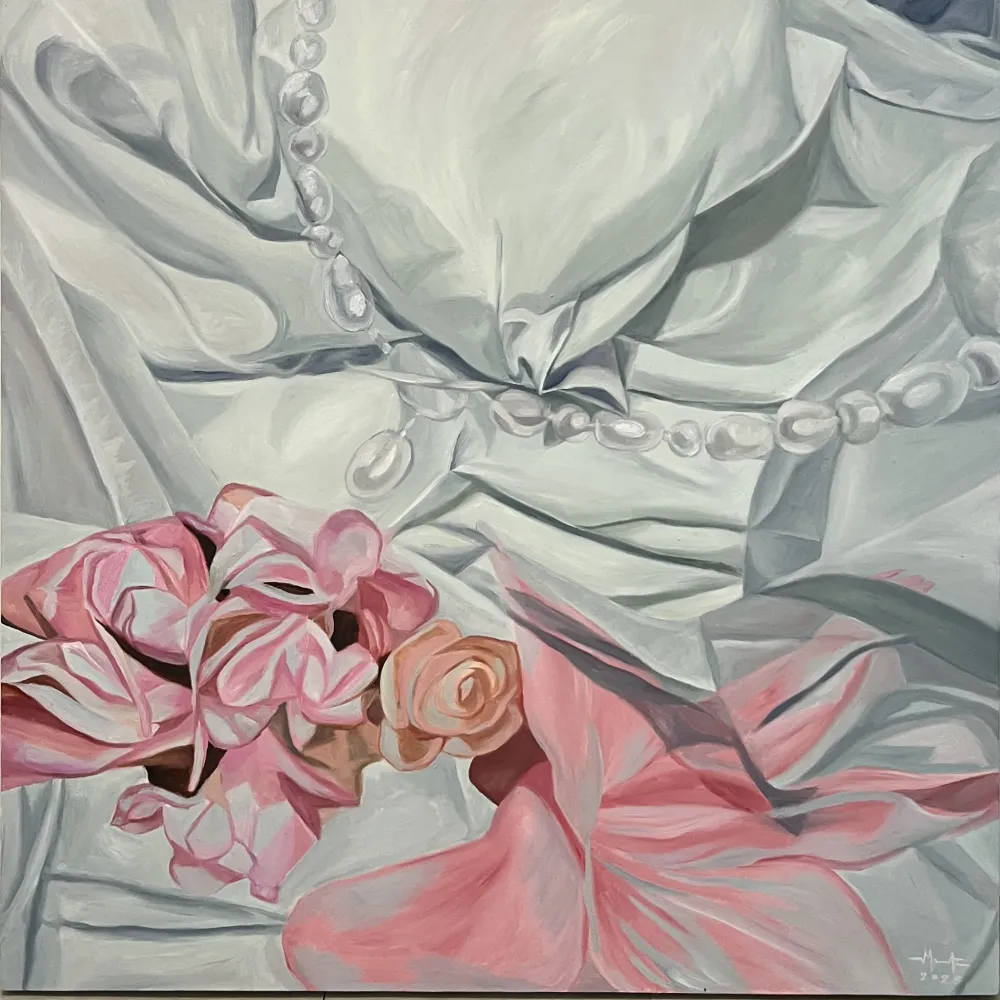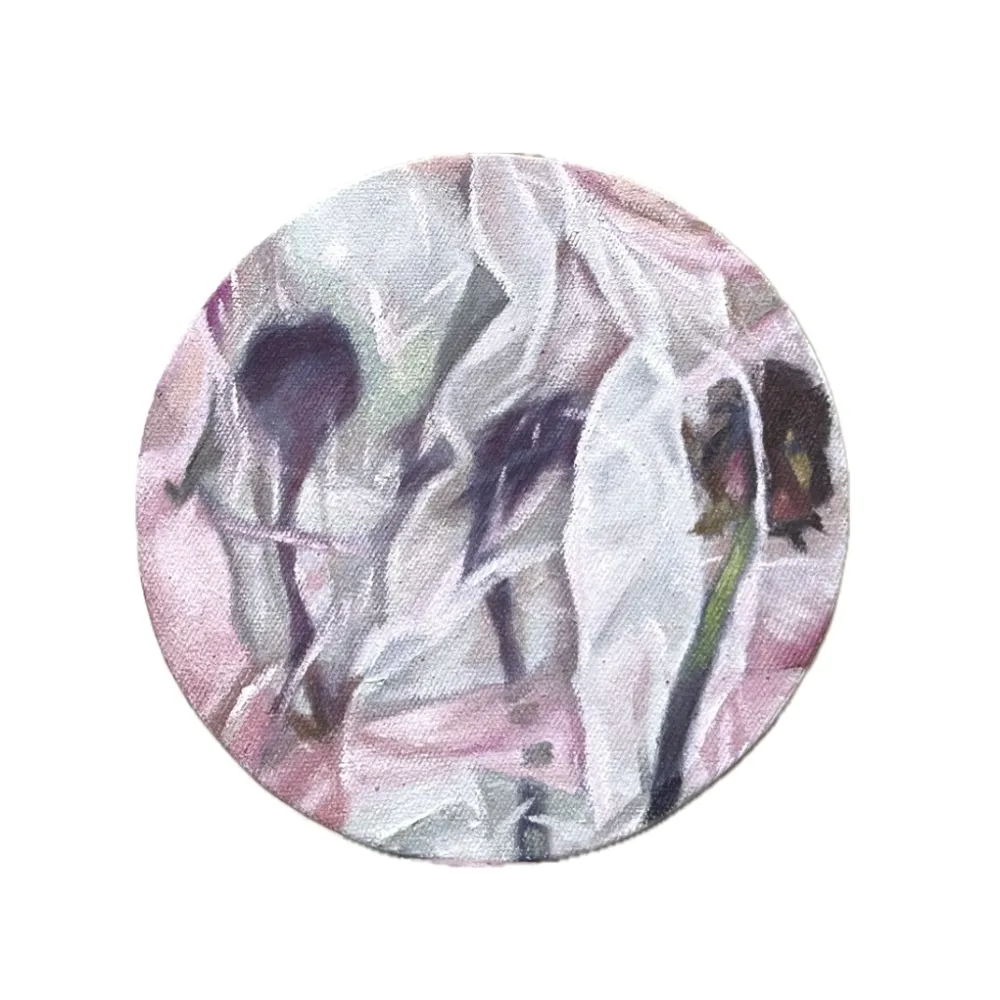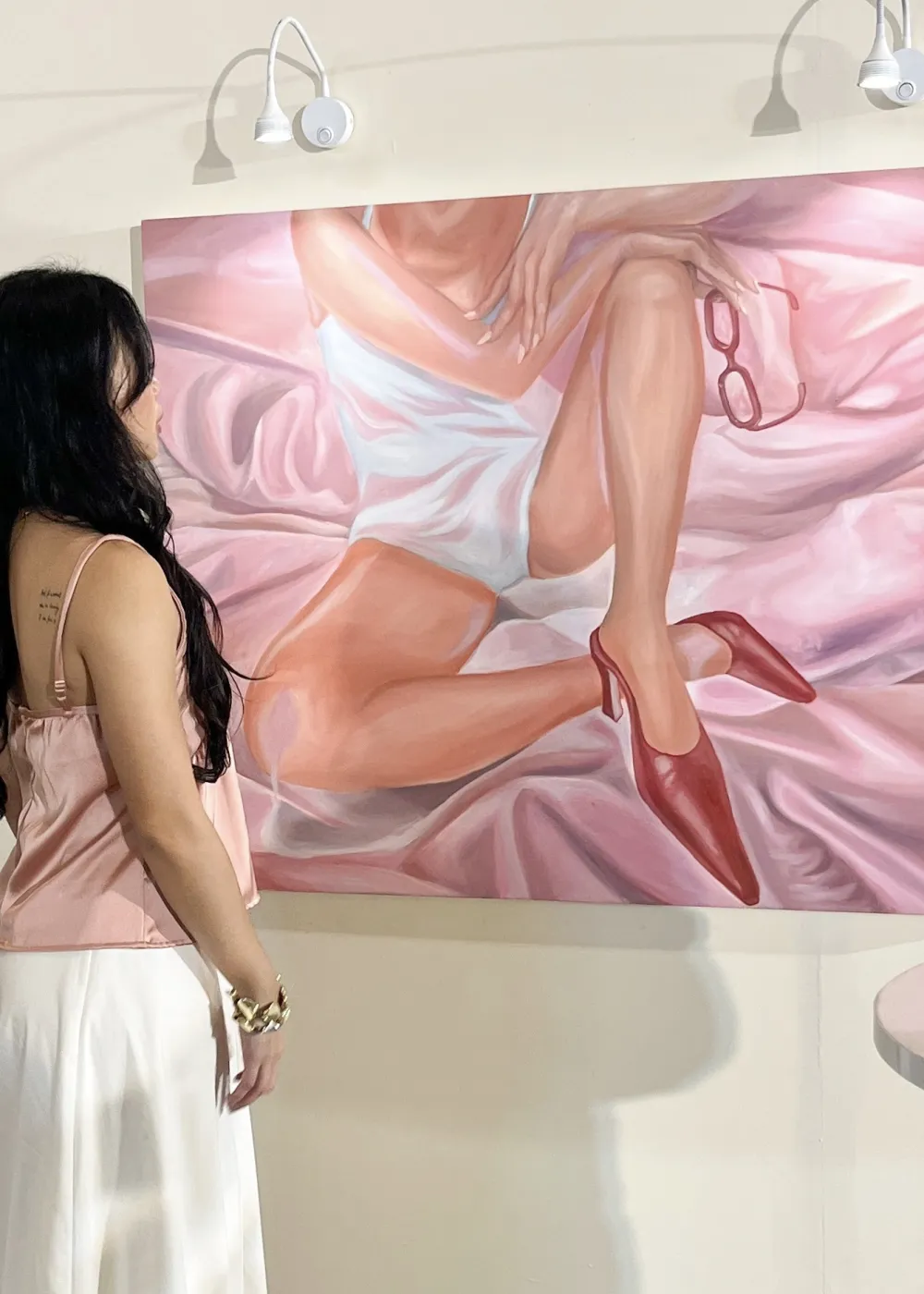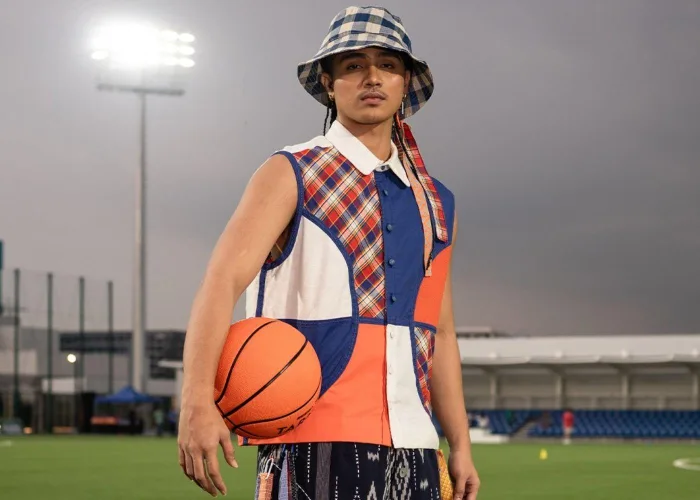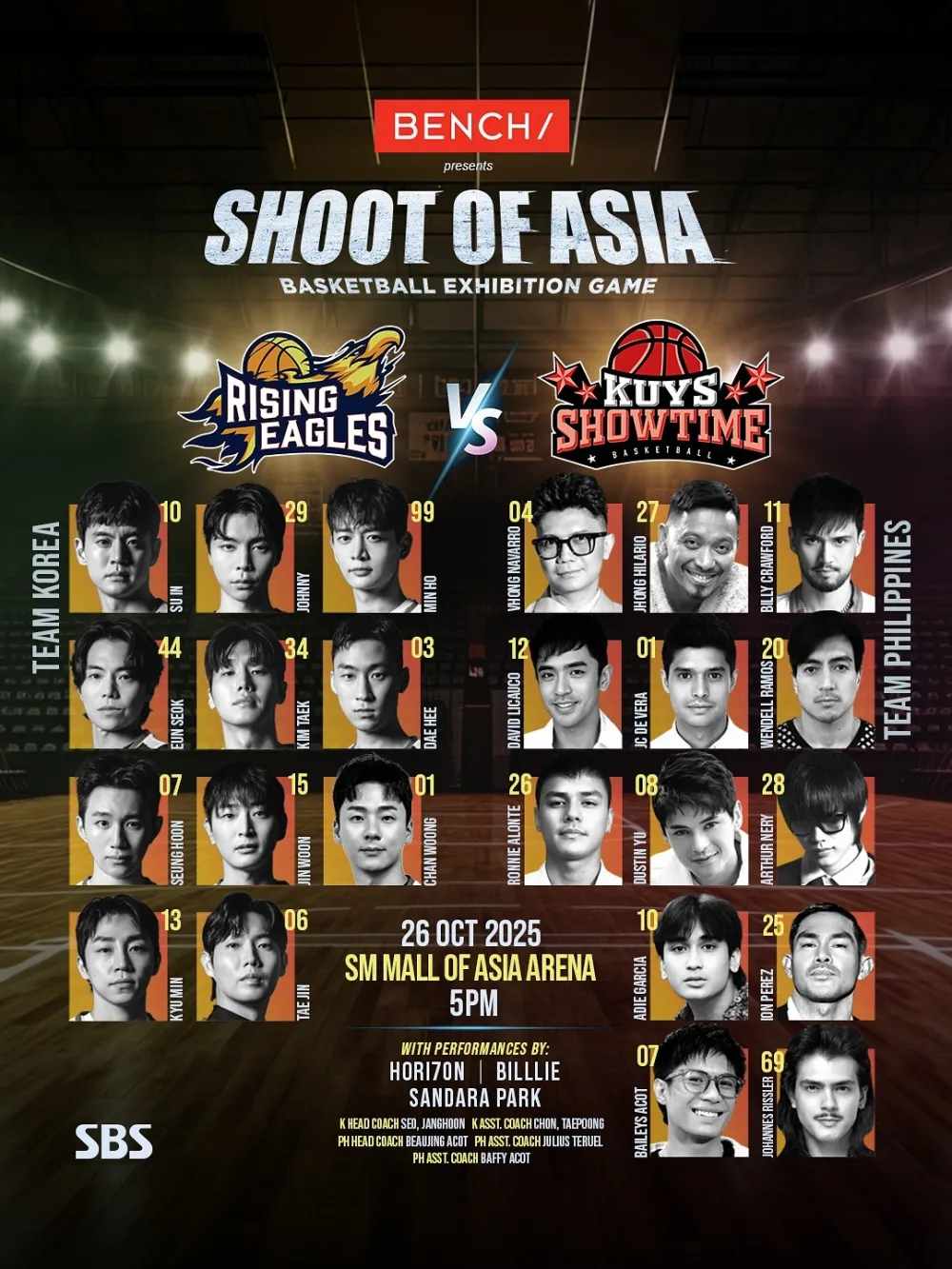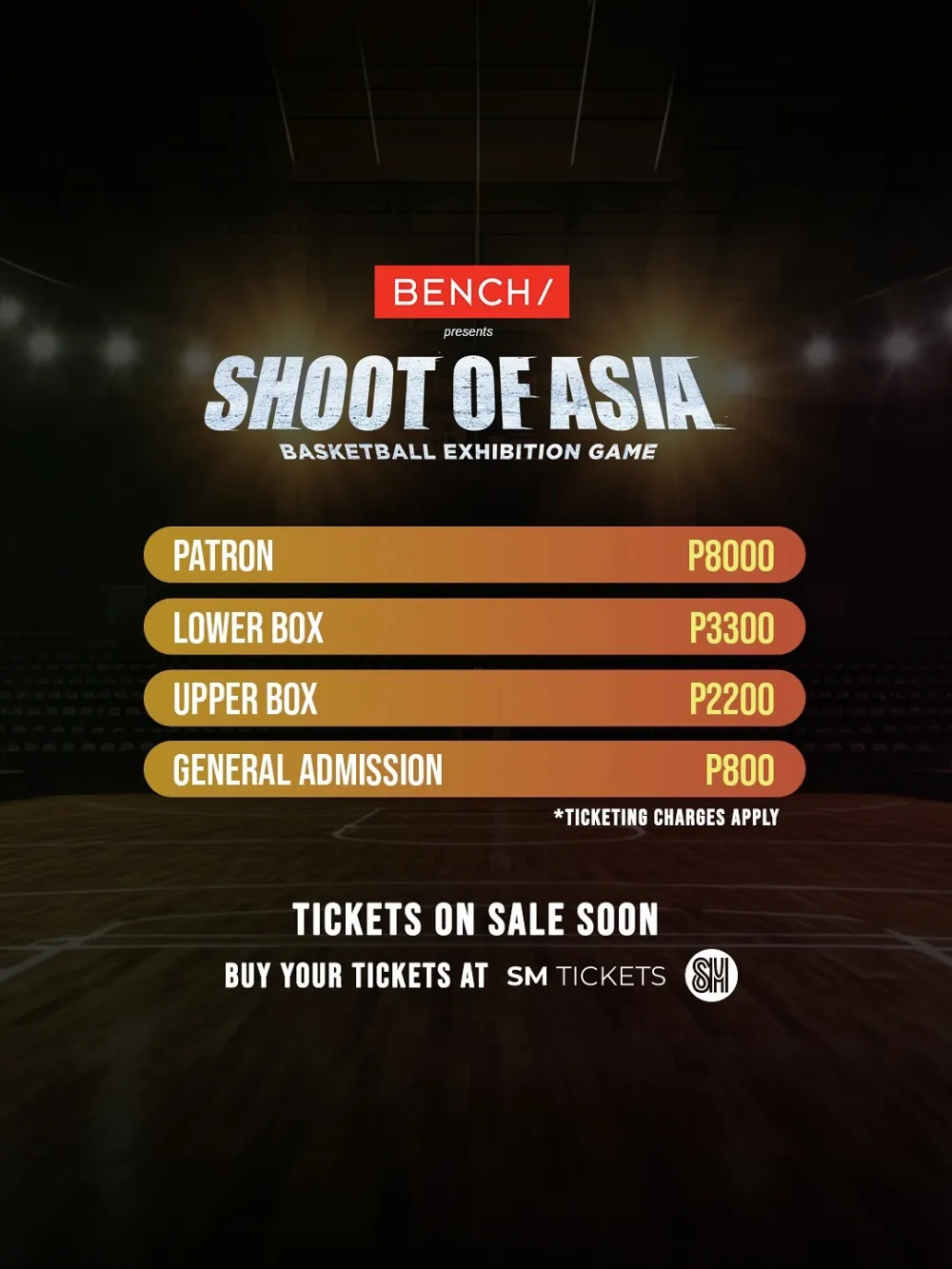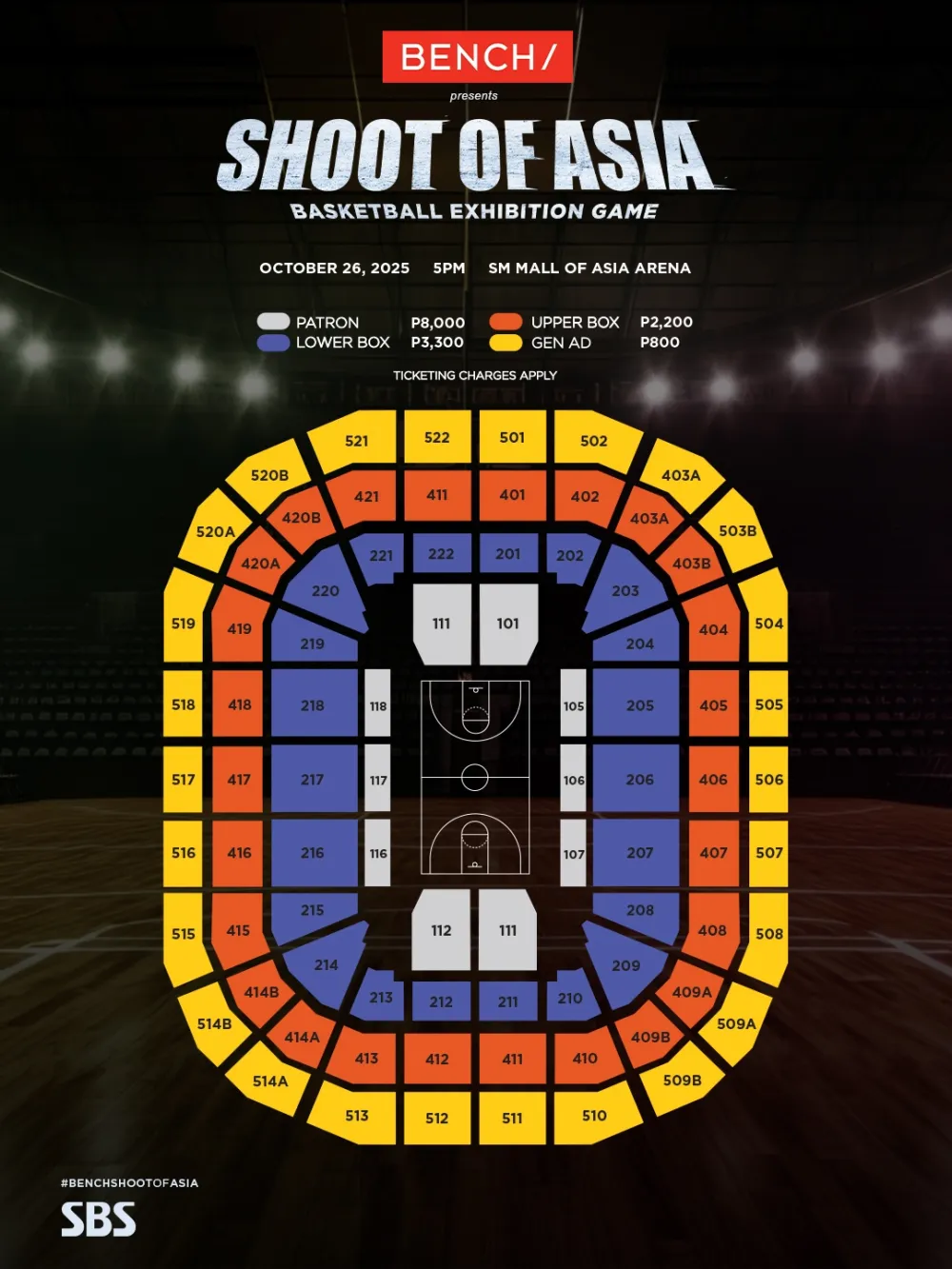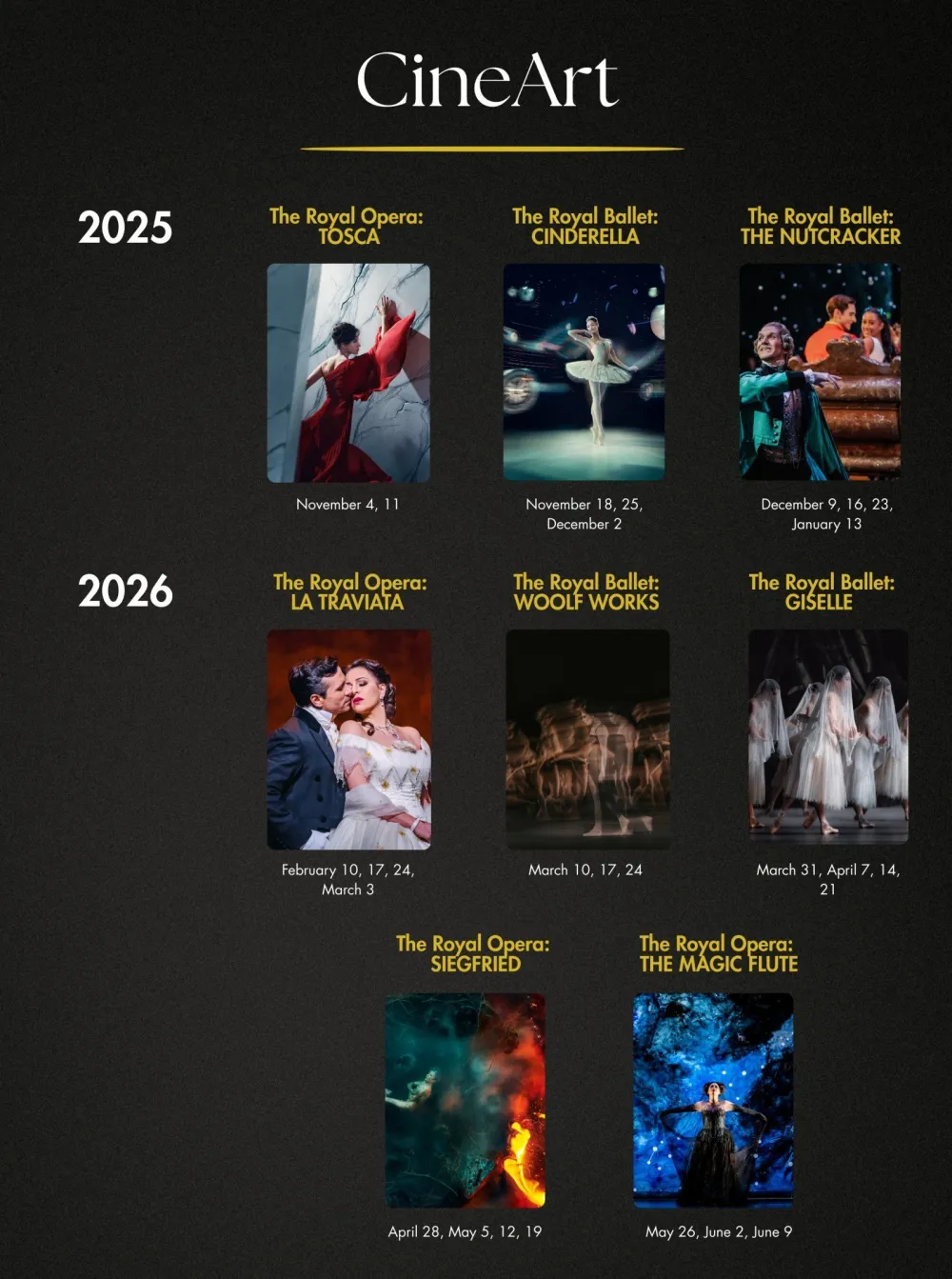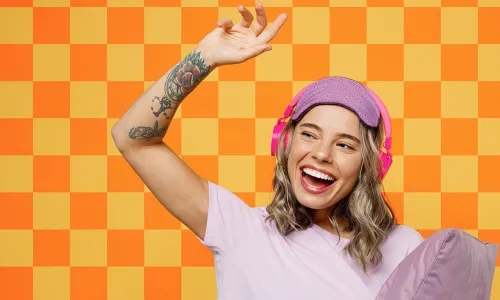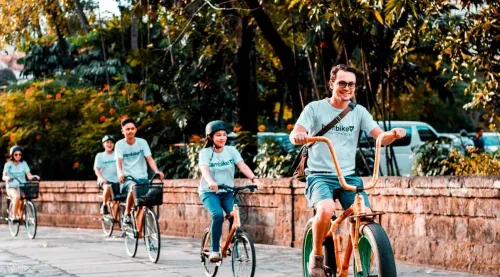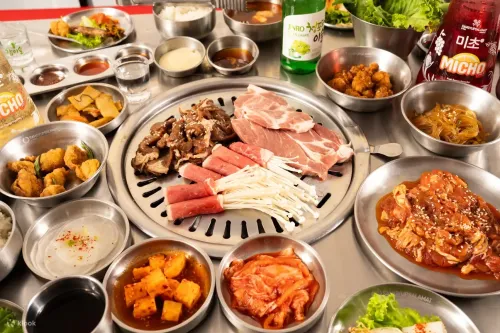Paying Homage to the Best Decade Ever Through Instagram’s The ‘90s Kabaklaan

Some people on Twitter believe The ‘90s Kabaklaan (@90skabaklaan) is “the only Instagram account we need in our sad lives.” With a 20-something half-naked Gabby Concepcion as the account’s profile picture, it’s hard to disagree.
Victor, who prefers to remain anonymous, is the one-person team behind this Instagram account that has amassed more than 26,000 followers since it began about a year ago. His page is a love letter to an era where television was king and Jolina Magdangal was the harbinger of Filipino fashion trends. It is a collection of one throwback post after another, paying homage to a generation that Pinoy millennials love, miss, and cringe about all at once.
“I wanted to capture that spirit of watching TV together, going out, renting movies, discussing pop culture, listening and dancing to ‘90s songs—everything that was so dear to my childhood experience,” Victor told The Beat Asia in an email interview.
“The ‘90s was such a glorious decade. I feel that it is straightforward and unpretentious. People went out and had fun—it’s a shared experience that many ‘90s kids can relate to.”
Most of what’s in The ‘90s Kabaklaan’s feed are from Victor’s collection of local magazines, all of which preserved in their full glory through scanning and color correction. Other materials are from his friends and followers who also collect magazines. There’s Regine Velasquez in her flyaway fringe hairdo on the cover of the December 1998 issue of Women’s Today; the “Kadenang Bulaklak” foursome Vina Morales, Donna Cruz, Ana Roces, and Angelu De Leon fronting Starnews Magazine sometime in 1993; and of course, a throng of Pinoy male actors like Juan Carlos Castro, Albert Martinez, and Gardo Versoza, thirst-posting with almost always nothing but a towel.
Victor began his print collection with Pilipino Funny Komiks, a local comic publication by Islas Filipinas Publishing Co. Its maiden issue out in mid-1978, Funny Komiks was the default recreational pastime for a generation of Pinoy children bereft of gadgets. It gained popularity in the ‘80s and the ‘90s before ceasing operations in the mid-2000s just as its target audience was slowly warming to the adoption of the internet. Like many children his age, Victor considered Funny Komiks as his reward for getting high grades in class. These regular trips to the newsstands eventually piqued his interest and made him curious about the other side of the shelf where sexy actors fronted racy magazines.
“I didn’t know what’s inside, but I was sure it’s not for kids,” Victor told The Beat Asia. “The covers show men with bare torsos, wearing the tightest bikini briefs. I was curious of course, but I never talked about it to anyone. I was afraid of judgment from my friends and parents.”
Afraid of the stigma, the young Victor, then living in the province, withheld his curiosity over sexy male actors with bare chests for years until he did not. One day, he finally mustered the courage to buy one copy and unknowingly began what would be his own collection.
“I bought more and more after high school, during college, and when I started to work. Buying them got easier but keeping them away from my parents’ eyes was a challenge since I’m not yet out to them,” Victor said.
“I kept a lot under my bed, inside the closet. The irony! There was even a time when I asked my friend to safekeep the magazines in her apartment because my parents were [visiting]. That was years ago.”
Creating The ‘90s Kabaklaan
It was last year when Victor began noticing wear and tear among his magazines, most of which were printed using cheap paper. “I thought that it would be a shame not to preserve it. So that’s what really kickstarted the page. Scanning the photos, restoring them, color correcting, etc.”
While NSFW centerfolds and racy covers stand out in The ‘90s Kabaklaan’s page, they are only a portion of what the page is made up of. Any Pinoy who grew up in the ‘90s and had access to TV would relate to posts about T.G.I.S., the “Koolits” trio of John Lloyd Cruz, Marc Solis, and Baron Geisler, or the Gwapings consisting of Jomari Yllana, Eric Fructuoso, and Mark Anthony Fernandez. And it’s easy to understand why and how the page became such a hook among millennials—those born between 1981 and 1996 and therefore have the closest contact to the pop culture of the ‘90s. Brand strategists call this “nostalgia marketing,” a selling technique that uses familiar concepts from past decades to connect with the audience. It is why vinyl records are selling like hotcakes in an era where Spotify reigns supreme and why old and new customers are suddenly trooping down to the nearest Tropical Hut.
“As long as they relate to the content, photos or memes, then it’s all good. I think people are drawn to nostalgia, especially during uncertain times. It brings comfort and a sense of familiarity. I hope they see the good parts of the '90s and take it with them,” Victor said when asked what he wants his audience to take away from the page.
But more than mulling over a decade long gone, The ‘90s Kabaklaan celebrates an era that’s unforgettable, quieter, and very gay. Having a steady base of followers that includes the likes of Donna Cruz and G Tongi (who are the very definition of ‘90s Pinoy showbiz) comes with a pressure to deliver, but Victor is able to manage it.
“It started as a way to express my kabaklaan (gayness) but it grew to so much more. Sometimes I do feel the pressure to deliver. I have zero experience in maintaining a social media page,” Victor said.
“I have moments when I feel uninspired, but I think it’s normal. I try not to overthink. Most of the bakla (gays) who follow the page are quite supportive and friendly. I think that’s important in maintaining the vibe of the page. It is a community, after all.”
Subscribe to The Beat's newsletter to receive compelling, curated content straight to your inbox! You can also create an account with us for free to start bookmarking articles for later reading.



